











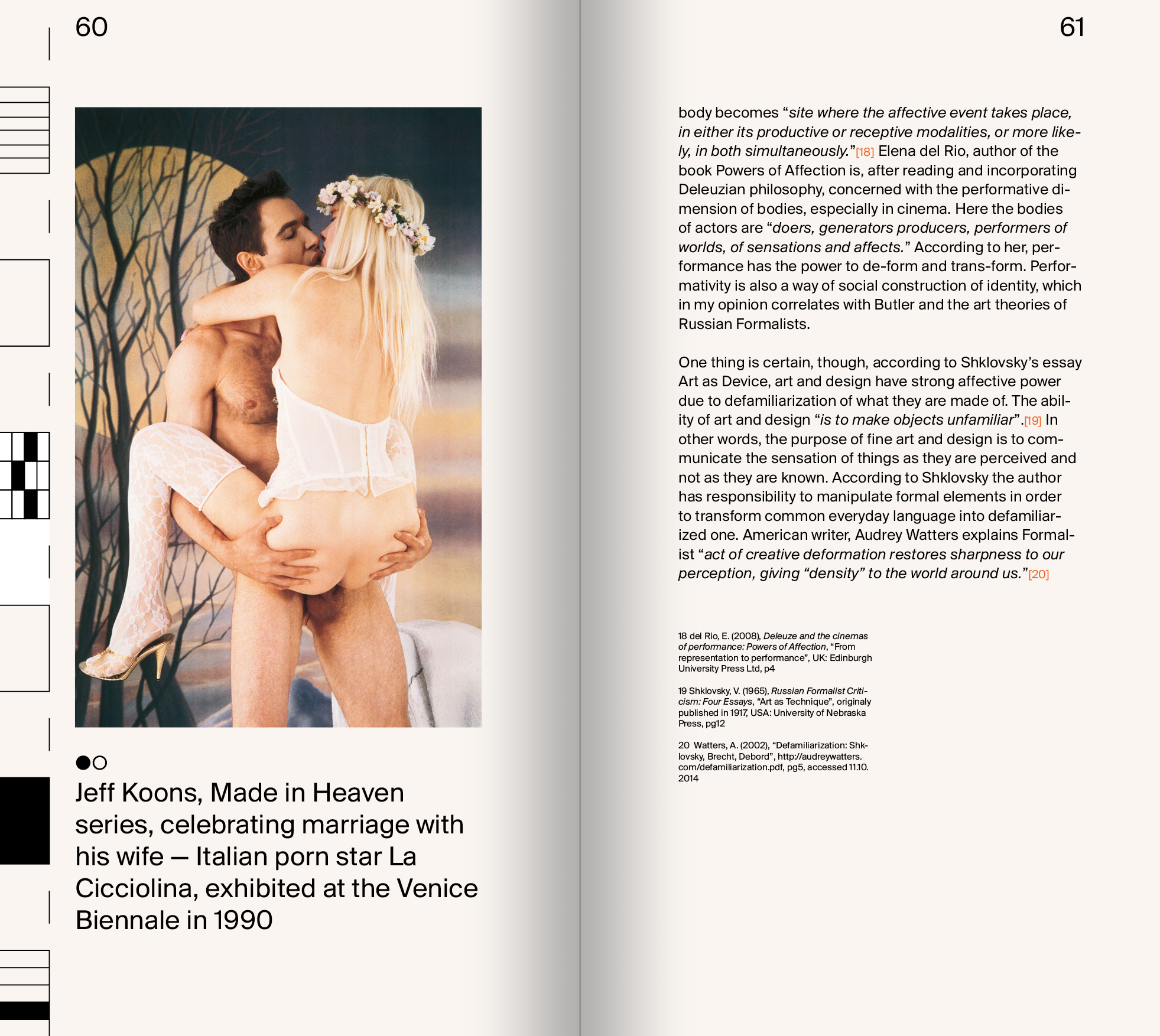
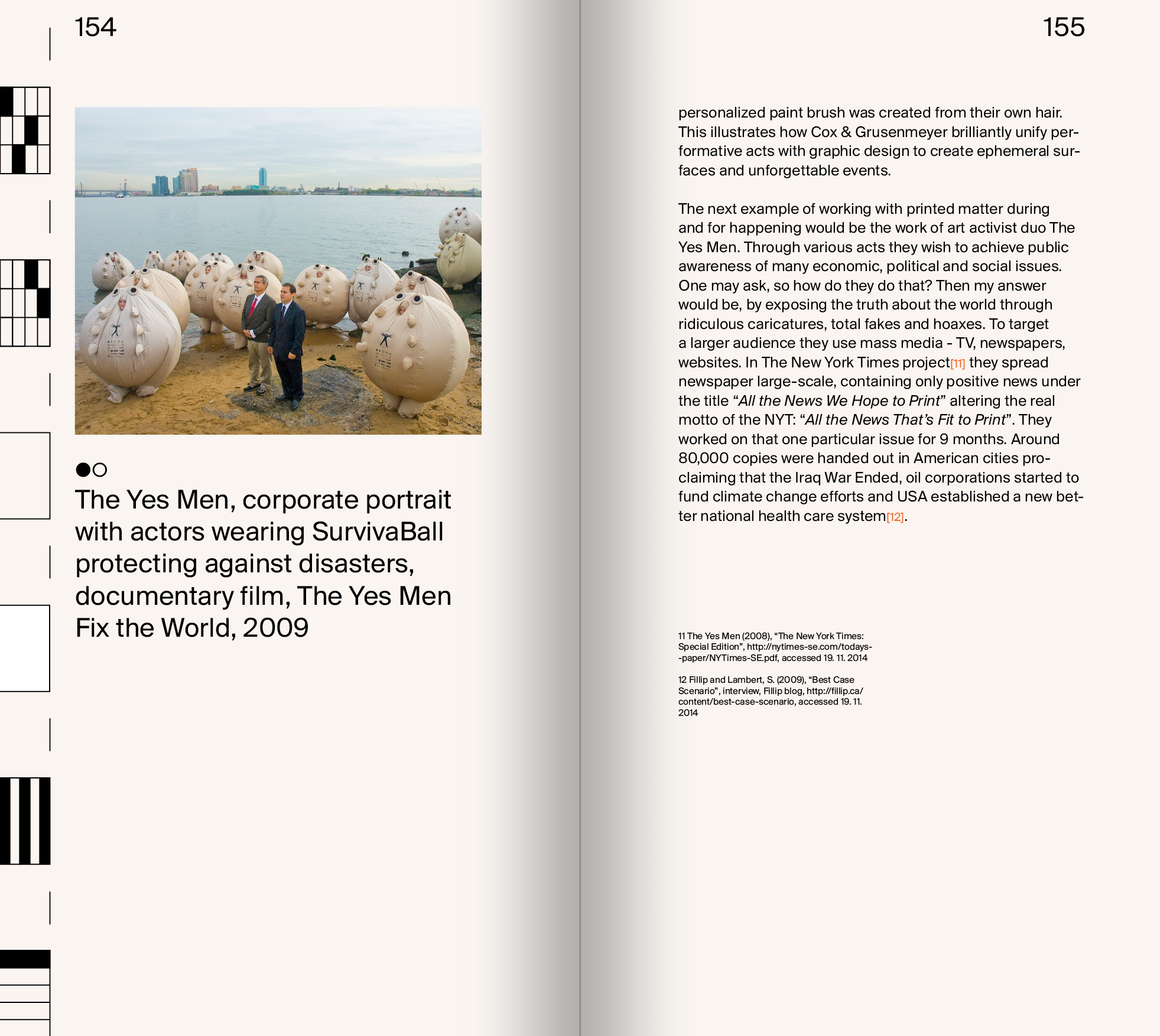
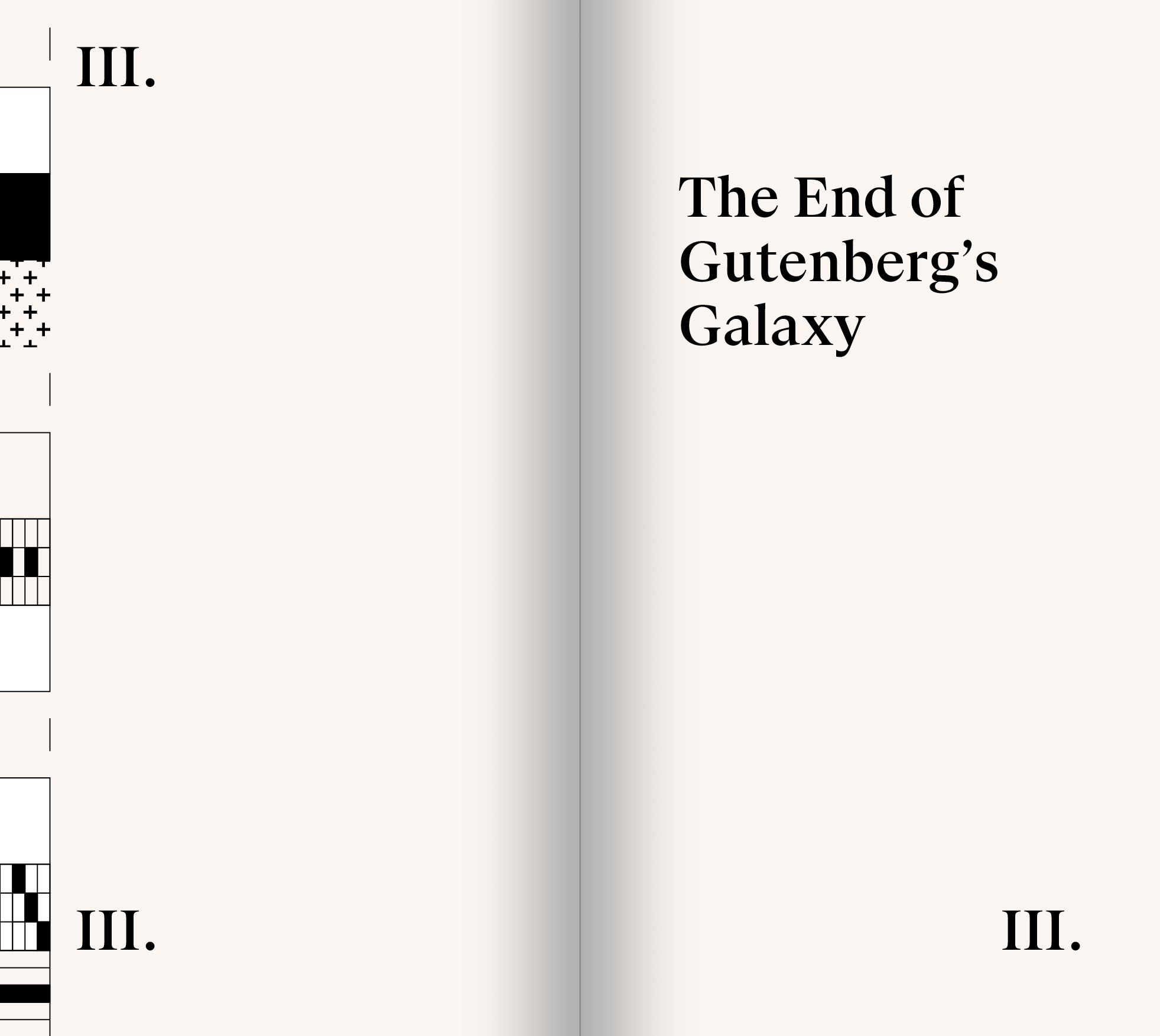
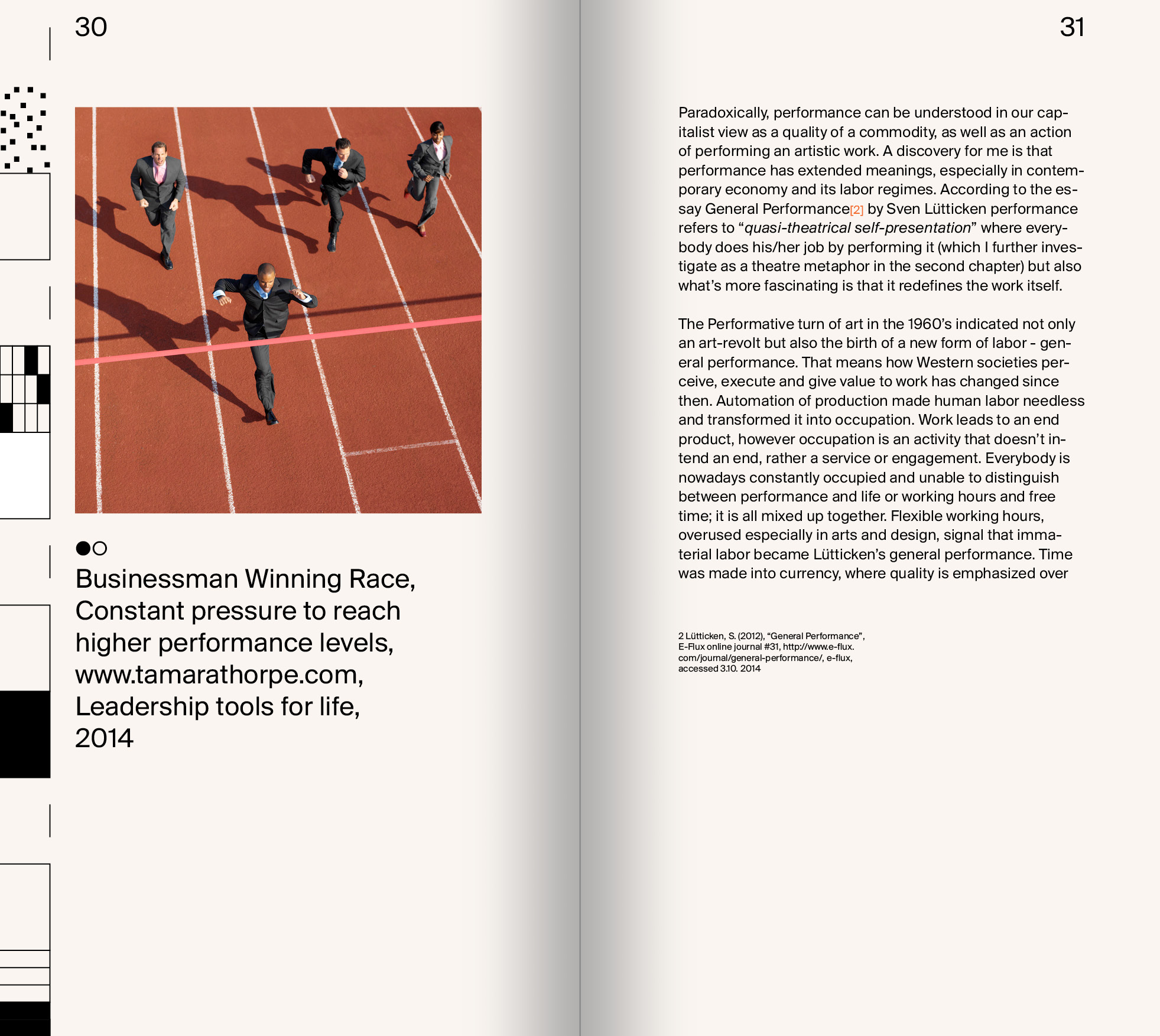
Due to my previous artistic experience I understand using the body and an action as a method of design. Despite the fact that the terms action and surface exist in seemingly disconnected worlds, I see the possibility to establish a connection and elaborate more on a multidisciplinary link between – and coexistence of – performativity and graphic design.
The following thesis introduces the research question: How does performativity influence the surface? Encouraged to answer this question, I examine the field of performance art, graphic design craftsmanship and vernacular action. As a result I demonstrate several examples of performative acts in contemporary graphic design related visual culture and how it determines the production of its surface.
We, designers, are used to presenting graphic design as a surface‑centric practice, the way of surface production. In addition to this, I try to step out of separated media constrains and tend to establish a new field of potential through identifying performative components in graphic design processes and results.
This research covers the investigation and establishment of links between action, body, designer and surface. It attempts to convince the reader, that surface production could be an action, happening, or chance‑driven act. Therefore the text introduces necessary theoretical, philosophical and historical backgrounds of performance art.
The narrative covers examples from Leonardo da Vinci through Modernists, Post‑War Expressionists and Andy Warhol to recent work by Hito Steyerl. It also presents graphic designers working with action in their design process. For example Sister Corita Kent’s activism, Stefan Sagmeister with his involvement of the body and nomadism, the conceptual approach of Czech designer Petr Babák, Maki Suzuki with his excitement “to do”, ephemeral surfaces and the unforgettable events of Cox and Grusenmeyer, Moniker with their Conditional Design happenings towards surface and Auto Italia’s identity of interactive assistant.
Finally, the text explains why the contemporary form of labour - Sven Lütticken’s concept of general performance - is so important. This thesis is a manifestation of the emerging designer, his/her milieu and effort to position himself/herself into the world of democratized surface production.
I would like to start with a brief introduction of my personal history. As a child I became fascinated by theatre performances and happenings because of my artistic family’s background. This later became the reason why I decided to study Fine Arts. At that time art, especially performance, was a carefree game for me; never critical and always super‑naive. Consequently I started to document my actions in the form of small zines and posters. To confess, I was only a weirdo presenting a completely redesigned portfolio each semester.
Later on, I decided to concentrate more on promotion and creating the visual identities of the small gallery I curated at that time. Naturally, those first design results were not satisfying. The curiosity to gain a deeper understanding and the desire to be “a professional” led me to apply to study graphic design at KABK. Immediately after the academic year’s kick off I discovered that the discipline’s borders are fluid and full of possible fields for examination and extension. So I started appropriating the language and production modes I had learned in Fine Arts.
I understand Dutch design education is research based, focused on the future, emerging technologies and responsibility. But the most fascinating thing is the effort to connect the individual abilities, needs and experiences with the realm of graphic design. So I decided to write this thesis as a synthesis of my previous artistic experience and design education.
I present the thesis structured in two sections. The first section contains two chapters, Understanding Performance and Surface (1st chapter) and Theoretical Background of Performance (2nd chapter). The second section is composed of three chapters chronologically presenting historical and contemporary examples of performance art and graphic design using action.
The title of the first chapter – Understanding Performance and Surface – already indicates that the chapter provides fundamental information to gain orientation in specific terminology. I explain the meaning of Lütticken’s general performance and its capacity to redefine labour, Battcock’s and Nicka’s field of action and Schechner’s art redirection from object‑making practice. Then I look closely at the term surface. I present Metahaven’s key ideas upon its capacity to transform values and my own cloud metaphor. After this chapter the reader understands the difference between banana peel, banknote and computer screen in terms of surface, as well as that performance consists of a few unique ingredients: chance, action, eventness, space, time and bodies.
Theories of speech act, language‑games, theatre metaphor, the performative turn of the 1960s, defamiliarization and Deleuzian philosophy of affects are all introduced in the second chapter: Theoretical Background of Performance. It begins with a glance at performativity through the theories of Austin, Derrida, Lyotard, Goffman and moving on to more recent debates surrounding the use of the concept of performance by Fischer‑ Lichte, Butler, Bateson, and also with a little resurrection of theories by Shklovsky, escalating in Deleuze’s and Guattari’s philosophical approach towards affect.
The narrative of the second section of Action to Surface is organized chronologically in the realm of The Gutenberg’s Galaxy. It begins with Renaissance man Leonardo da Vinci who used performance as a ground for testing new ideas. The third chapter, however, continues with a leap – displacing the reader directly into the revolutionary era of the avant-gardes. From the Dadaist magical form of activating the audience, through Duchamp’s performative act, Schlemmer’s stage theory, Teige’s performed alphabet to the post‑war era of Performative Turn, where the action emerged as a new medium of the form of art and activism – Klein, Cage, Kaprow, Brecht, Beuys, Corita Kent and The Provo..
Performativity in The Post‑Gutenberg Galaxy is the title of the fourth chapter where the narrative of selected historical examples continues. It starts with Warhol’s transfer of performativity from artist to designer and its commodification. It also shows artworks connecting action with cryptography, graphic signs, typography and calligraphy – de Cointet, Paik, Holzer, Stelarc. And in return it presents designers inspired by conceptual and The second section of the thesis ends with the fifth chapter entitled The Age of Democratized Surface Production. This chapter looks at the democratization of design and presents performance as a possible approach of how designers may face it. Contemporary design projects incorporating action and participation are introduced here. For example Åbäke’s performative survey into graphic medium presentation, Cox & Grusenmeyer’s design‑ wise happenings, live handwriting as a form of the craftsmanship by Letman, Moniker’s projects exploring surface created during happenings and other projects done by artists and designers. The last chapter shows how designers execute their processes as actions and consciously became performers.
Both sections, the theoretical one as well as examples of different approaches towards performative surface production, serve as a basis for my conclusion. This thesis answers the research question by proving that surface production is more and more oriented towards actions, happenings and events to catch the viewer’s attention.
Keyterms:
act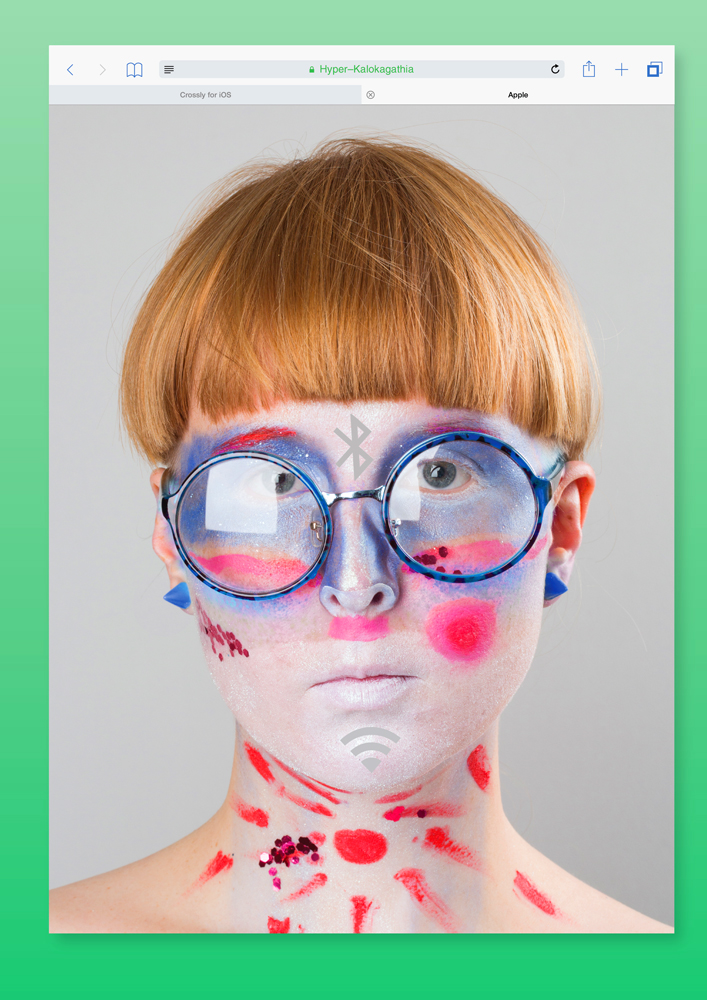
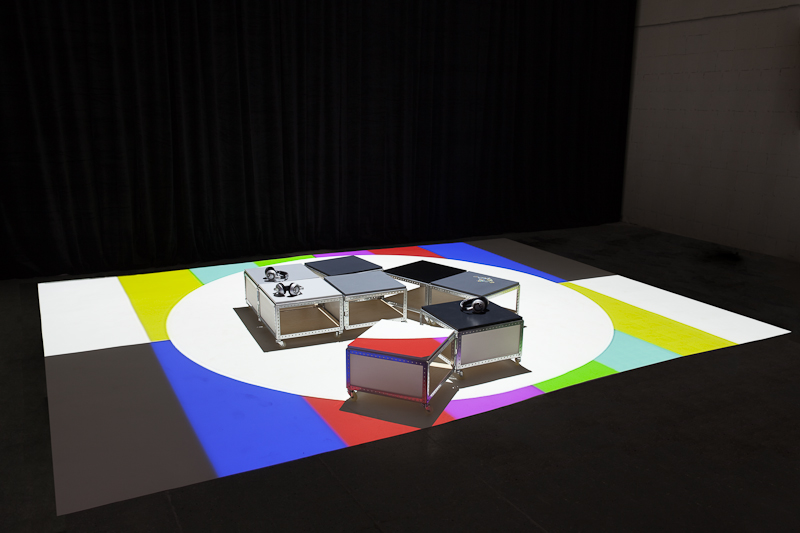
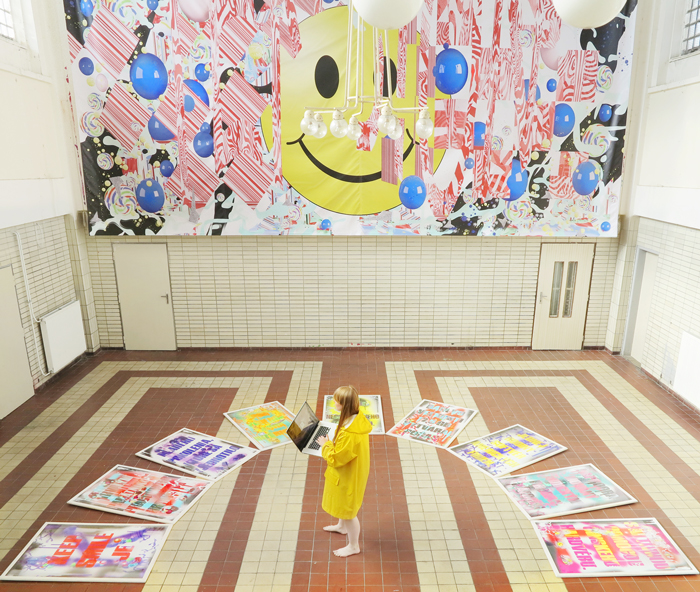
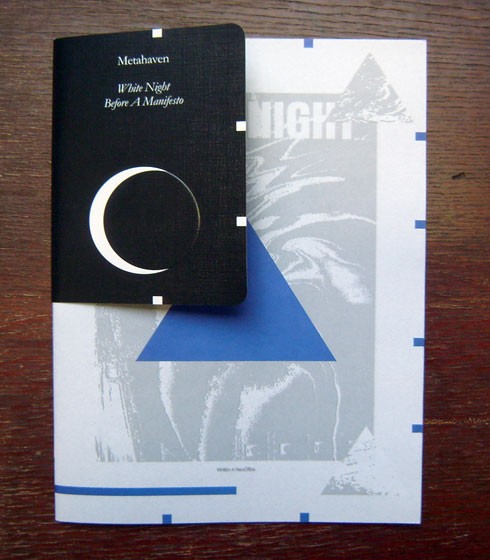
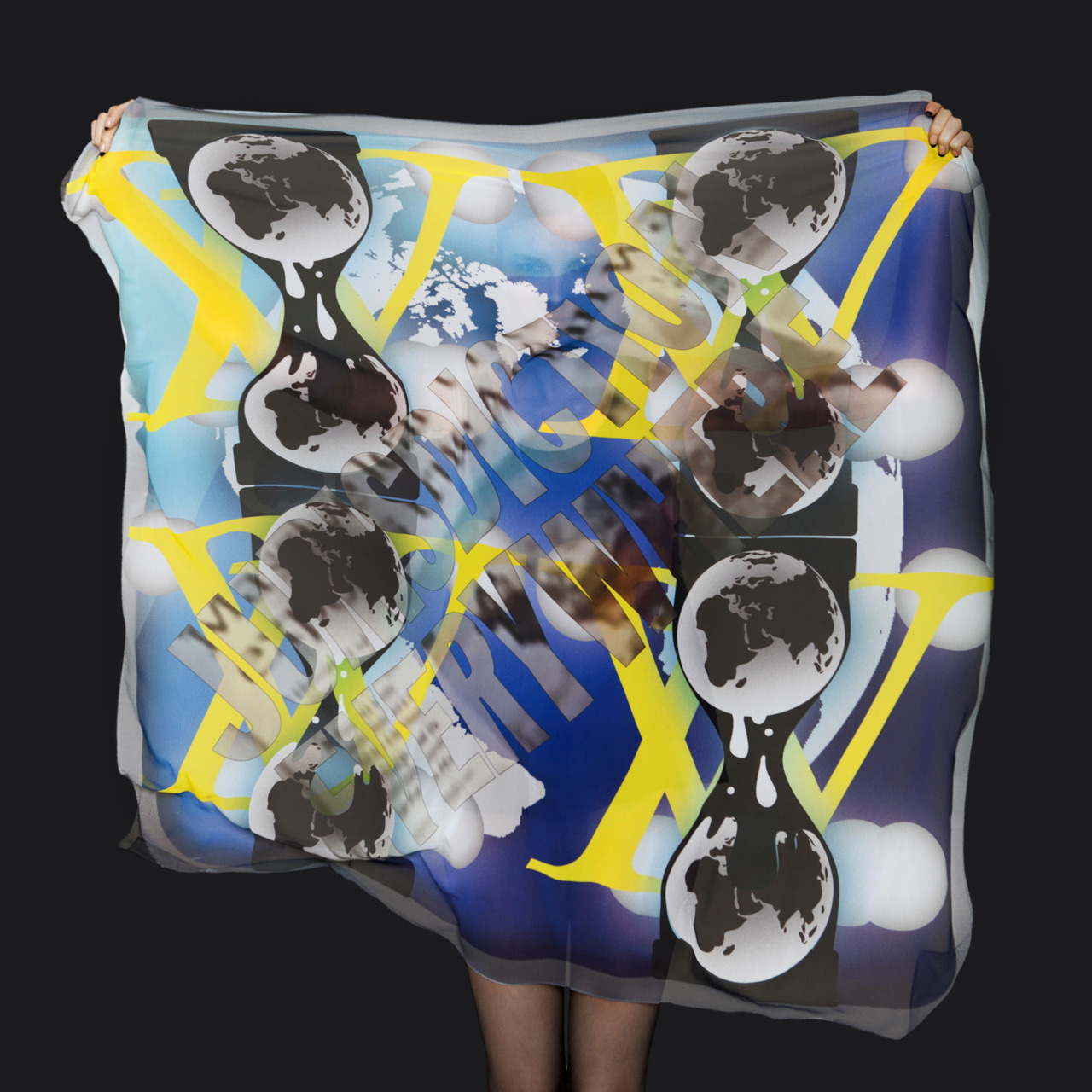
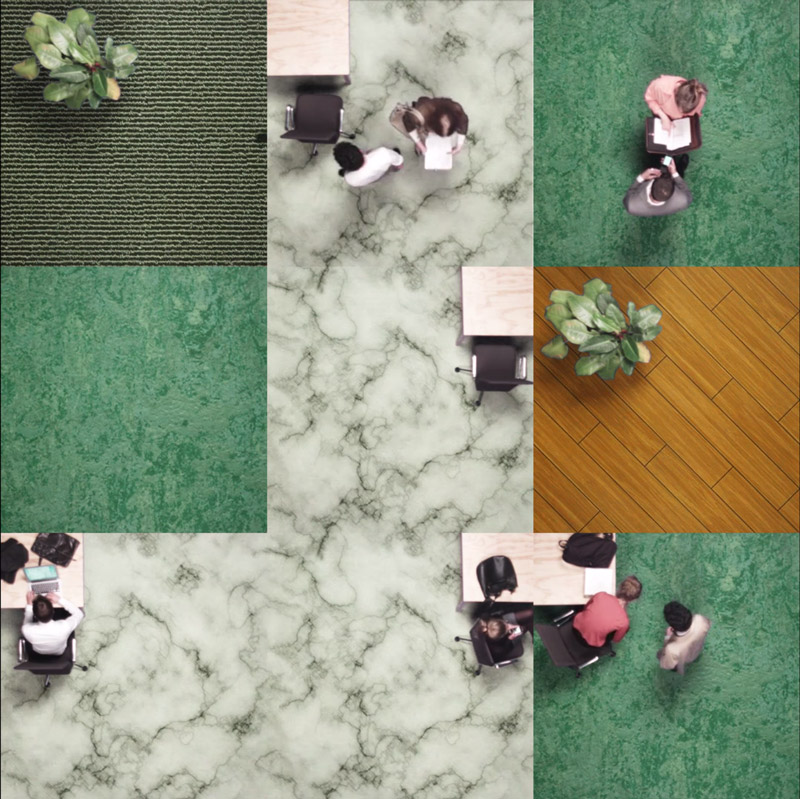

“Our body is not in space like things; it inhabits or haunts space. It applies
itself to space like a hand to an instrument; and when we wish to
move about we do not move the body as we move an object. We transport
it without instruments as if by magic, since it is ours and because
through it we have direct access to space. For us the body is much
more than an instrument or a means; it is our expression in the world,
the visible form of our intentions.”
— Maurice Merleau‑Ponty1
To clearly understand my research question, I would like to introduce concepts and theories of performativity. Performance and performativity are hazy cross‑media terms, which are often used throughout different disciplines and various, sometimes even contradictory uses. They became ubiquitous and it looks that they provide a kind of imaginary umbrella that covers recent cross‑media work in time, in space and with bodies. When fine art, economy, linguistic and other disciplines may claim performativity, I feel it’s the right time and that it makes sense to start thinking of the discipline of graphic design as performative as well.
Performativity and performance are derived from the verb “to perform”, therefore they also, among other specificities mean the capacity to execute an action, to do well. Paradoxically, performance can be understood in our capitalist view as a quality of a commodity, as well as an action of performing an artistic work. A discovery for me is that performance has extended meanings, especially in contemporary economy and its labor regimes. According to the essay General Performance2 by Sven Lütticken performance refers to “quasi‑theatrical self‑presentation” where everybody does his/her job by performing it (which I further investigate as a theatre metaphor in the second chapter) but also what’s more fascinating is that it redefines the work itself.
The Performative turn of art in the 1960’s indicated not only an art‑ revolt but also the birth of a new form of labor - general performance. That means how Western societies perceive, execute and give value to work has changed since then. Automation of production made human labor needless and transformed it into occupation. Work leads to an end product, however occupation is an activity that doesn’t intend an end, rather a service or engagement. Everybody is nowadays constantly occupied and unable to distinguish between performance and life or working hours and free time; it is all mixed up together. Flexible working hours, overused especially in arts and design, signal that immaterial labor became Lütticken’s general performance. Time was made into currency, where quality is emphasized over quantity. I, as a designer, not only design things, but I often visit or take part at various design‑ related events, exhibition openings, symposiums, and talks and I don’t perceive it as leisure time, that’s my investment into potential future projects, future clients and collaborations. Being social is part of my self‑ presenting performance, it’s part of my occupation.
Let’s return from economy back to art and design to ask what is performance there? For me it is a practice that executes an action, that denotes the occurrence of an event, it incorporates space, time and it’s connected with a performing body and an audience. To sing, to dance, to act in a play, and to do performance art. So performance is the act or activity and “performativity is its essence, nature and quality”3 thus I understand performativity also as a concept and method of performance. The fine art theoreticians Gregory Battcock and Robert Nickas define it as a field for action, an “extension of possibilities”. 4 More specifically it’s a unique unrepeatable event, something that couldn’t be easily mass‑produced. According to Jean‑ Pierre Cometti, the performance practice is “opposed to the production of an object”5. Process became new material for artists. But still, and what makes it very contradictory, is that this process is capable of creating a work of art, a fetishized material memory. It’s clear to conclude that performance works with the tension between material and the ephemeral, between unexpectedness of creation and fragility of being.
Choreographer and curator Bruno Listopad emphasizes chance as a key aspect - the sparkle - of performance. Bruno, inspired among many things by Deleuzian philosophy, circulation of affect and Google Earth extends the field of theatre, design and dance. He describes himself as a post‑choreographic app. And in my eyes, his function as an app is to activate and emancipate the audience, but also the performer via the creative act. For Bruno, this creative act examines actualisations of a potential where relations play an important role. Therefore he describes performance as “a different level of exchange” 7.
Where does performance take place? Let’s explain this through its relationship to objects. For example I understand painting as a materialized work of art, it takes place in the physical object. Another example could be an essay, which takes place in the words or a song which happens in sounds. But a performance is special, it takes place only in action, interaction, and relation. More specifically in theatre, on the street, or even on a computer screen - an active surface. In addition to this, a book, a painting and other medias may be treated performatively and thus they become part of performance, as it’s explained by Richard Schechner7. The paradox is that performance art in its early stages separated itself from history of arts as an opposition to object‑ making practice, but through the second half of the 20th century it incorporated the creation of the art object again.
This makes me think - what are performative works and art pieces in our medialized world? How do we perceive them? I found an ambiguous answer in Shannon Jackson’s text published by Walker Art Center: “They (performative art works) might be choreographed but are not quite ‘dance.’ They are theater‑like but not theater. Some might call such works performance art, and yet others would be unsure about the use of such a term…”8. This proves to me, that it might be still a bit confusing, the term performance is slippery even when I try to define its context. Therefore, in the second chapter, I focus on performativity through the philosophy of language, social sciences and performance art theories.
“Graphic designers are in fact producers of surfaces, millions of them.” — Andrew Blauvelt9
There are many ways how to approach the definition of surface. Traditionally the surface is understood to be hiding, covering what is behind. The surface is assumed to be the thin border between object and outside, the flat peel wrapping the volume. Contradictory to this I realized that flatness of surface is not a quality with the potential for contemporary designers. On top of that I assume flatness is more the issue of a viewer’s distance than the surface’s essential property. I would like to explain this through the metaphor of clouds. When we look at clouds, we perceive them as flat textures trudging the sky. But getting closer in a plane we realize they are volumes. Similarly the development of information technologies allowed us to discover that the surface is not Gutenberg’s flatland anymore.
Due to technology evolution there are now three recognizable types of surface. The first type is surface connected to its material as a border with a potential of relations with the surroundings, when simultaneously it’s a place to show information. That natural surface is, for example, human skin or a banana peel and we can call it former surface. The second one, according to Amsterdam based speculative design studio Metahaven 10 is mute or passive surface, which has the capacity to transform values and it is defined as a place where the material properties of its material don’t have to correspond to its information properties. This information increases the value of the material. For example money or credit cards are made of paper‑ textile material or plastic, but we, as a society, agreed on the certain quality it has. The last type would be called communicative or active surface. This surface is “classified by its capacity to reveal and open up doorways to virtual worlds.”11 It could be a smartphone or computer screen, display of wearables, iPads and Kindles. “Active surfaces are inhabited by worlds in worlds”.12
Surface evolution caused design to now be defined as the management and creation of virtual qualities binded to materials - multifunctional objects, gadgets which communicate and display information through their screens. For example the phone as a surface has the capacity to perform with its user and organize social relations and informations for him/her.13 But what makes active surfaces extraordinary is that they produce production (surface produces action). Consumption has become a force to produce, a force that creates other needs. Contemporary surface is waiting for its user full of placeholders and default settings, fake friends, default images or avatars, even with default text posts in the form of lorem ipsum. This surface needs user‑generated content - an action or performance - to become more personal and friendly. Nowadays content is generated effortlessly and in an extremely pleasant way, the time when activities required some physical endeavour is gone. It’s so easy to take and upload photographs, measure burned calories, share the data with friends, search find and shop or even write to people who are thousands of kilometers far away.
As passive surface can be produced by labour or machines, the active one needs to stimulate users to perform to be created. Active surface stimulates us to perform action, to accept the role - a user, administrator - which produces surface itself, which then as in the cycle becomes a self‑perpetuating system. For example users (they perform a role) have to fill in information (action) to their social media profiles (place) by uploading pictures and writing statuses for their friends (audience). So these performances happen in virtual space by movement of a cursor and updating profiles as well as in our physical world by mouse clicking. Therefore the existence of performance is essential for the production of active performance‑ surface machine14.
1 Lawlor, L. and Toadvine, T. (eds.) (2007), Studies in Phenomenology and Existential Philosophy: The Merleau‑Ponty Reader. USA, Illinois: Northwestern University Press, p285
2 Lütticken, S. (2012), “General Performance”, E‑Flux online journal #31, e‑flux, accessed 3.10. 2014
3 consultation with Ruller, T., a professor of Atelier performance at Faculty of Fine Arts of Brno University of Technology, Brno, Czech Republic, October 2014
4 Battcock, G. and Nickas, R. (1984), The Art of Performance: A Critical Anthology. USA: E.P. Dutton Inc. and Ubu Editions (2010), p6
5 Cometti, J. P. (2014), Per/Form: How to do things with/out words, “Performance as Experience”, Chantal Pontbriand (ed.), Madrid: Sternberg Press, p48
6 consultation and interview with 1.2 Bruno Listopad, Rotterdam, The Netherlands, November 2014
7 Schechner, R. (2003), Performance Studies: An Introduction, “What is Performance?”, London: Routledge pg23
8 Jackson, S. (2014), “Performativity and its Addressee”, Living Collections Catalogue: On Performativity, # 1 Walker Art Centre, accessed 7.10. 2014
9 Blauvelt, A. (2011), Graphic Design: Now in Production, “Tool (or, Postproduction for the Graphic Designer)”, USA: Walker Art Center, p24
10 Metahaven (2010), White Night Before A Manifesto, “Surface: 0:00 AM”, The Netherlands: Onomatopee
11 Metahaven (2010), White Night Before A Manifesto, “Surface: 0:00 AM”, The Netherlands: Onomatopee
12 Metahaven (2010), White Night Before A Manifesto, “Surface: 0:00 AM”, The Netherlands: Onomatopee
13 As examples could serve Active Gaming Apps, which use the iPad/iPod/ iPhone camera or the device’s accelerometer to stimulate it’s user to be physically active. In app called Heads Up! player guess the word on the skewmorph explained in chapter 5, note 19 card by putting his iPhone on his/her head. Player’s friends have to answer only with gestures and performing. Heads Up! are playable with many but also one person at same time, all games are recordable, so therefore also sharable and it includes many card decks with different topics that varies from Animals to Movies. Other examples of active apps: Motion Maze App, where player runs in virtual space towards a goal, but he has to do that by real running. 4D Bowling App simulates this famous game by swinging the device like a bowling ball except throwing it away. Player becomes Sci‑fi space warrior and launches rockets against invaders in app called Skyhunt. By holding iPhone level with the floor and then lifting it the player becomes a skier in Real Ski Jump HD App. To enjoy shaking the bottle until it explodes, there is simple app Soda Shake.
14 Typical example could be described as a cycle of sharing photos. Users take selfies, upload them, share them and then as reaction do another selfies.
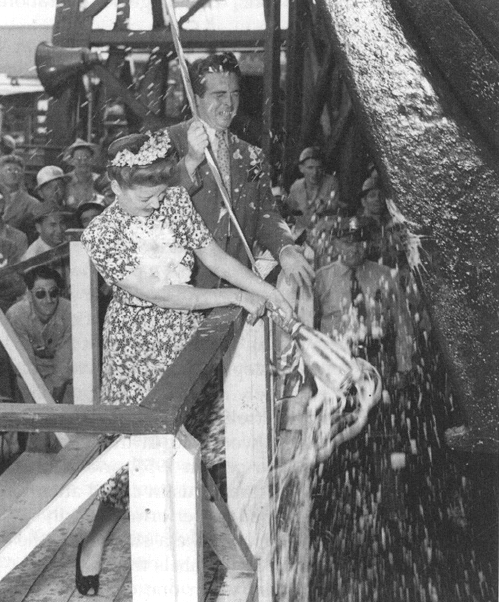


In this chapter I follow different subsequent performance theories from separate gesture or speech act, through language game to the understanding it as a part of wider system or complex interaction and finally to Deleuzian affect.
In 1960’s, at the same time when performance art step out of the conformist traditional art world, John L. Austin pragmatically rethought the nature of words. To understand his core idea of the performative utterance one has to accept, that saying something is also doing something. Austin claimed the performative speech act could not be reduced only to constative utterances that provide us description of the world such as the statement: “It’s a sunny day”. In contrast performative act forces its limits by projecting an intention - a task. Therefore it can be extended as a mode of action. Let’s take for example Austin’s famous marriage act phrase “I do”, which goes beyond reporting because it contains acting. Therefore correct marriage procedure - a ritual - makes this statement valid. According to his influential book How To do Things with Words, performative utterances don’t only describe or report but also contain the potential to create1.
Austin’s linguistic theory can be understood as a revolutionary shift in the theory of communication. That particular approach to performativity was further extended by French post‑ structuralist philosophers, Jacques Derrida and Jean‑François Lyotard. In essay Signature Event Contex2 Derrida introduced idea of language‑ text relations and developed inspiring method of deconstruction, while Lyotard was interested in question: where does performativity emerge? That led him to investigation of the role of the language games in society. The language‑ games give the language its meaning. Term was firstly introduced by Ludwig Wittgenstein and brought into the prominence the fact that “speaking of language is part of an activity, or a form of life.” 3 To say something - to make an utterance - is similar to make a move in a game. Lyotard extended Austin’s definitions of performative utterances and developed three principles: that statement is valid by a contract between players of the language game, there must be rules and every utterance is equal to the move in game
American social theorist Ervin Goffman provided a unique perspective on the idea of self and society. He was interested in staging, relationships and question how performativity happens. According to Goffman, not only an actor or a performance artist, but every individual; a policeman, a hotel stuff, a violinist, a Vogue model; is trying to persuade others to believe in their character. To do this they need to deliver a performance, by which he means “all the activity of an individual which occurs during a period…before a set of observers and which has some influence on the observers” 5. This metaphor of social life as a theater is broadly understood as “conceptual framework for interaction analysis”. 6 It describes conditions of producing reality within social exchange. It covers setting of a whole situation, a place (theatre stage, or for example a hotel), actors (not only theater actors as mentioned above) and their audience (which is possibly also in a role). Based on this, Goffman argued the theatre metaphor is what social life is like, performativity is made possible through the framing of the social scene.
When I understand the performance in Deleuzian terms as capacity to transform situation, I think it’s more than appropriate to present the ideas of theatre historian - Erika Fisher‑Lichte. She writes about the Performative turn of the 1960’s and breaks down this phenomenon into its components to explore its transformative and interactive powers. She explains that live performance is shaped by interaction between performer and spectator, where anything can happen.7 Marvin Carlson in introduction to Fisher‑ Lichte’s book describes the Performative turn in fine arts as a historical shift from production of art object to production of event.8 For Formalists like Shklovsky, however, the ordinary was found in the materiality of the world (objects); while for Fisher‑ Lichte it is the experience of the ever‑ evolving dynamics of being in that world (event, happening) - as is described in the Defamiliarization essay.
Fisher‑ Lichte goes further in theory of performance and elaborates on its immanent connection with culture: “if not in the first place, performance. It can hardly be overlooked to what an extent culture is brought forth as and in performances – not only in performances of the different arts but also, and foremost in performances of rituals, festivals, political rallies, sport competitions, games, fashion shows and the like – performances which, in a mediatized form, reach out to millions of people.”9
I’ve selected few arguments from Erika Fisher’s Lichte text Culture as Performance: 1) A performance comes into being by the bodily co‑ presence of actors and spectators, by their encounter and interaction. 2) What happens in performances, is temporary and ephemeral. 3) Performances are characterized by their eventness. At the end of her text she briefly explains that reproductible performances mediated through film, television, video, design and internet, are also included in broader concept of performativity, however they are not included in bodily co‑ presence of performers and spectators.10
Judith Butler understands performativity in wider meaning - as our everyday life roles. Her theory of performativity specifically addresses the process in which gender and identity are created. She explained complex ideas about performativity and power to reject/create normative rules. Nothing ever exists outside of the power and power is always relation. She wrote about identity which is a process of construction, a consequence of historical and behavioral norms within larger social contexts. “Identity is performatively constituted.”11 I understand that Butler sees performative practices as transformative components of our everyday life. According to Sara Salih, a theoretician who made further readings of Butler’s Gender Trouble a “gender is not something one is, it is something one does, an act, or more precisely, a sequence of acts.” 12
In the book, Ecology of Mind, Gregory Bateson explained actions in terms of being performative within the complex system which they are part of. 13 I understand this system as human interactions, relations and reactions to patterns. 14 Bateson’s patterns are acts of human perception and respond to the world which is in the process of constant change - a flow of life.
Talking about Butler I have to present the following ideas of Gilles Deleuze, who formed a very complex and sometimes almost unintelligible philosophy known as New Materialism. He was inspired among many others by Butler’s work. In his Logic of Sense we find him concerned with the transformative (performative) potential of bodies and language. 15 In Thousand Plateaus, collaboratively written with psychoanalyst Félix Guattari, they rephrased Austinian distinction between the performative, as that which one does by saying it (swearing, naming) and the illocutionary, as that which one does in speaking (questions, promises, commands). 16 They went further, when describing the relation between the act and the statement as immanent or inseparable: “each statement accomplishes an act and the act is accomplished in the statement.” 17 They name this statement‑ acts.
In another branch of New Materialism, called philosophy of affects Deleuze demonstrated his theory on performativity and bodies through examples of cinema and movies (moving images). Construing that art (in this case images) and design have special capacity to affect the audience and also to be affected, we may understand his theory as considering the performance as expression‑ event of affect. Affect he presents is beyond language, binary structures as reality/illusion, subject/object, and ideology. Therefore the body becomes “site where the affective event takes place, in either its productive or receptive modalities, or more likely, in both simultaneously.” 18 Elena del Rio, author of the book Powers of Affection is, after reading and incorporating Deleuzian philosophy, concerned with the performative dimension of bodies, especially in cinema. Here the bodies of actors are “doers, generators producers, performers of worlds, of sensations and affects.” According to her, performance has the power to de-form and trans-form. Performativity is also a way of social construction of identity, which in my opinion correlates with Butler and the art theories of Russian Formalists.
One thing is certain, though, according to Shklovsky’s essay Art as Device, art and design have strong affective power due to defamiliarization of what they are made of. The ability of art and design “is to make objects unfamiliar”. 19 In other words, the purpose of fine art and design is to communicate the sensation of things as they are perceived and not as they are known. According to Shklovsky the author has responsibility to manipulate formal elements in order to transform common everyday language into defamiliarized one. American writer, Audrey Watters explains Formalist “act of creative deformation restores sharpness to our perception, giving “density” to the world around us.” 20 Excellent example could be found in Duchamp’s work, which is described in the third chapter.
I would like to end this chapter with act of living. I understand it as constantly re‑ inventing, bringing ideas and actions together, contributing to the being‑ together web of relations; to Deleuzian assamblage. Deleuze’s interest can be found in bodily capacity to make us think of the unthought. Moreover bodies have active power to affect and also passive power to be affected. 21 To summarize this, I can conclude that affects are thus powers of body while performance is the bridge of these powers of bodies out through action, relation and transformation.
1 “performativity is derived, of course, from ‘perform’, the usual verb with the noun ‘action’: it indicates that the issuing of the utterance is the performance of an action – it is not normally thought of as just saying something.” — Austin, J. L. (1975), How to do things with Words, UK: Harvard University press, 2nd edition, p6-7 *2 Derrida, J. (1977), Signature
2 Derrida, J. (1977), Signature Event Context, Evanston: Northwestern University Press, p1–23
3 Wittgenstein, W., (1986), Philosophical Investigations, UK: Basil Blackwell Ltd, p5
4 Lyotard, J. F., (1984), The Post‑Modern Condition: A Report on Knowledge, UK: Manchester University Press, p9
5 Goffman, E. (1990), Presentation of Self in Everyday Life, UK: Penguin Books Ltd, p28-32
6 Smith, G. (2006), Series: Key Sociologists, Erving Goffman, UK: Routledge, p44
7 Fisher‑Lichte, E. (2008), The Transformative Power of Performance: A New Aesthetics, UK: Routledge, p136
8 Carlson, M. (2008), The Transformative Power of Performance: A New Aesthetics, “Perspectives on performance”, UK: Routledge, pg: 7
9 Fisher‑Lichte, E. (cca 2010), Culture as Performance: Theatre history as cultural history , Lisboa: Universidade Livre de Berlim, pg1
10 Fischer‑Lichte, E. (cca 2010), Culture as Performance: Theatre history as cultural history, Lisboa: Universidade Livre de Berlim, pg1-14
11 Butler, J. (1990), Gender Trouble, UK: Routledge
12 Salih, S. (2006), Sexualities and Communication in Everyday Life: A Reader, “On Judith Butler and Performativity”, Sage Publications Inc, p55
13 Bateson, G. (1972) Steps to an Ecology of Mind: Collected Essays in Anthropology, Psychiatry, Evolution, and Epistemology, USA: University of Chicago Press
14 Blaeuer, D. M. (2010), An Ecology of Performance: Gregory Bateson’s Cybernetic Performance, USA: University of South Florida, p147 *X14
15 Deleuze, G., (1990), The Logic of Sense, UK: Athlone Press, p25
16 Parson, A. (2009),Performance and Perfromativity, accessed 11.10. 2014
17 Deleuze, G. and Guattari, F. (1987), A Thousand Plateaus: Capitalism and Schizophrenia, “Postulates of Linguistics”, translated by Massumi, B., USA: University of Minnesota Press, p79
18 del Rio, E. (2008), Deleuze and the cinemas of performance: Powers of Affection, “From representation to performance”, UK: Edinburgh University Press Ltd, p4
19 Shklovsky, V. (1965), Russian Formalist Criticism: Four Essays, “Art as Technique”, originaly published in 1917, USA: University of Nebraska Press, pg12
20 Watters, A. (2002), “Defamiliarization: Shklovsky, Brecht, Debord”, pg5, accessed 11.10. 2014
21 Deleuze, G. (1989), Cinema 2: The Time‑Image, USA: University of Minnesota Press, p139
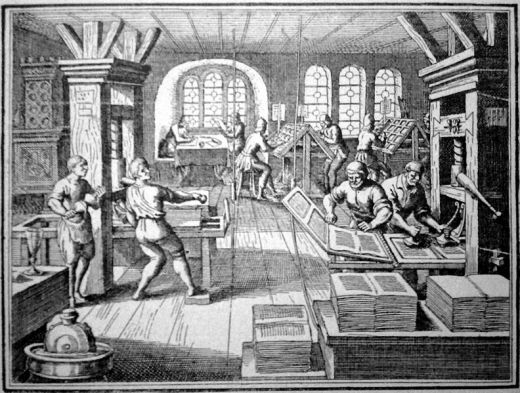
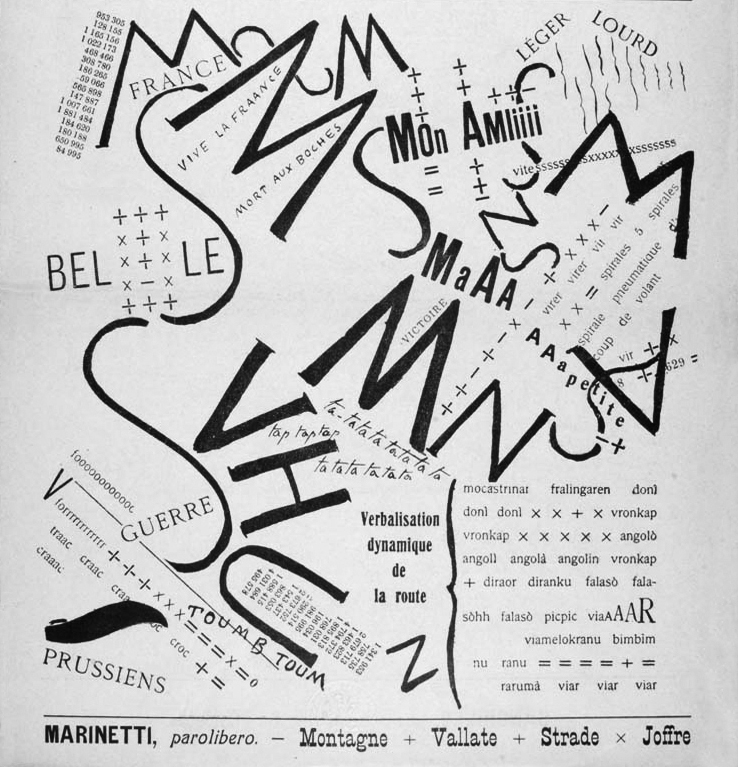
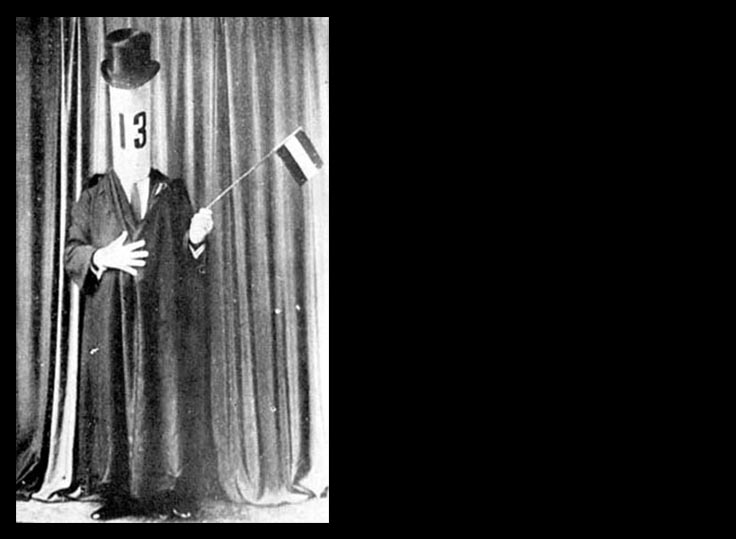
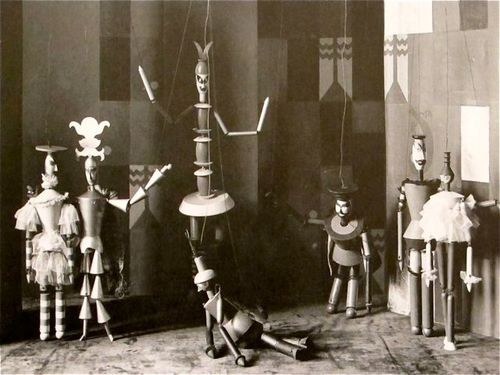
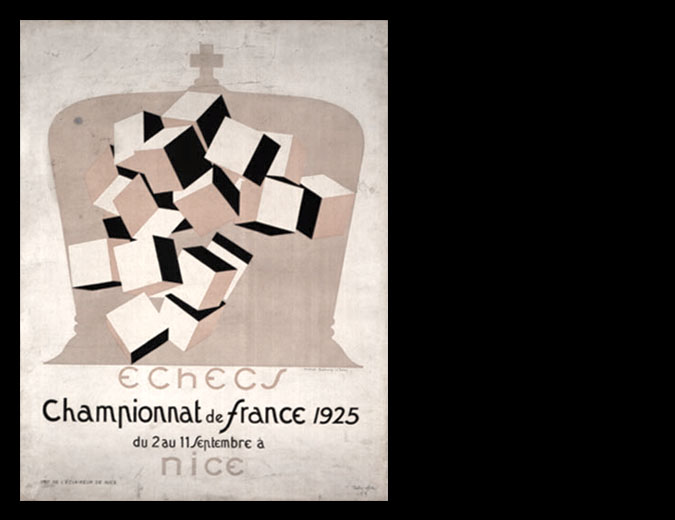
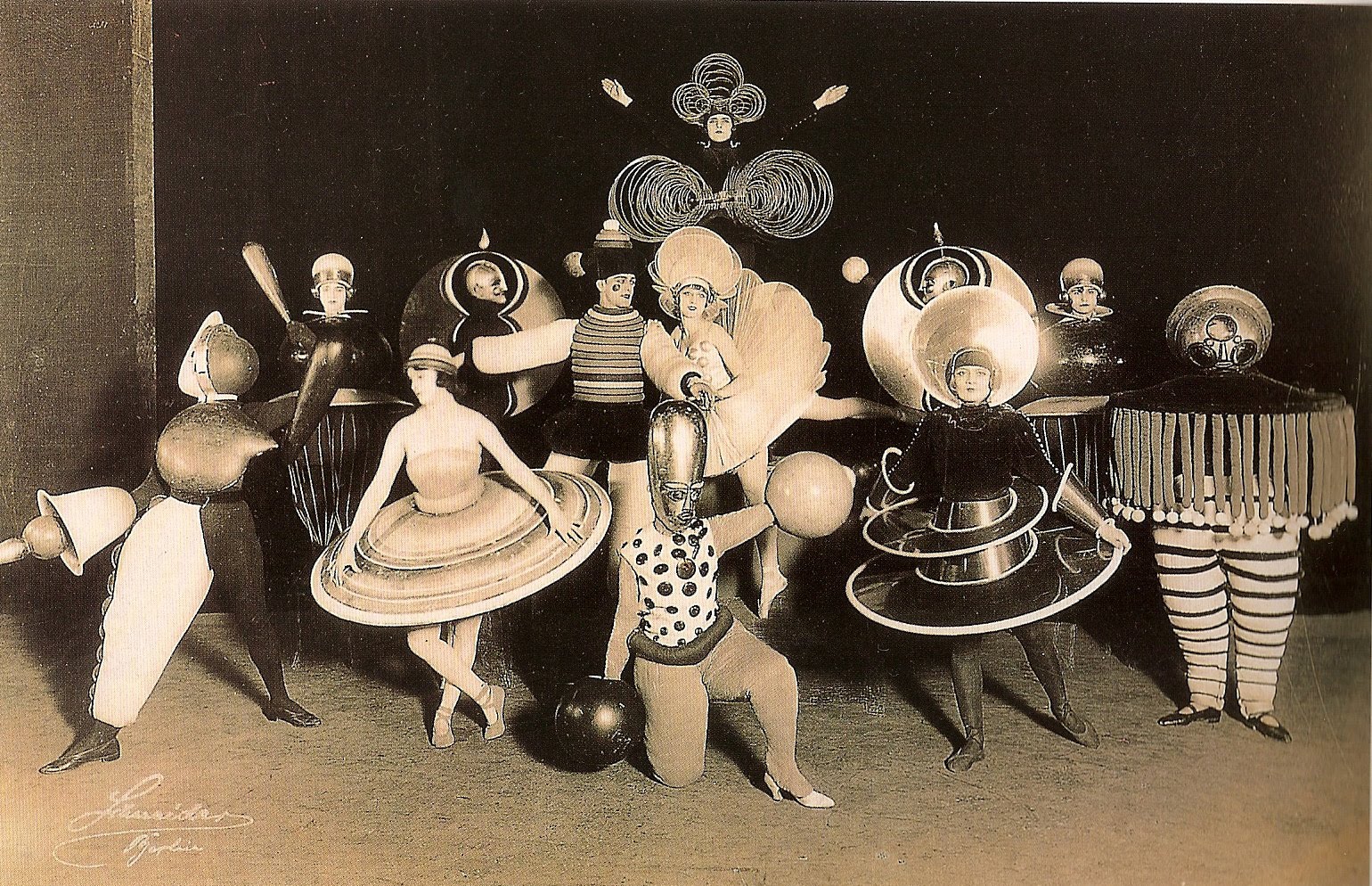

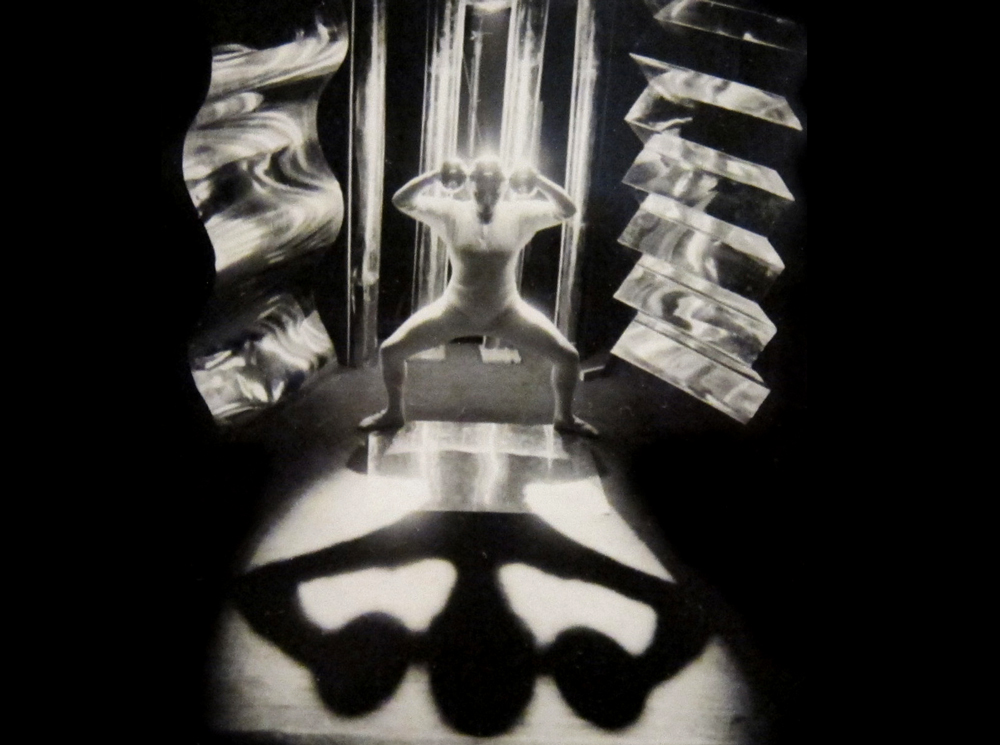
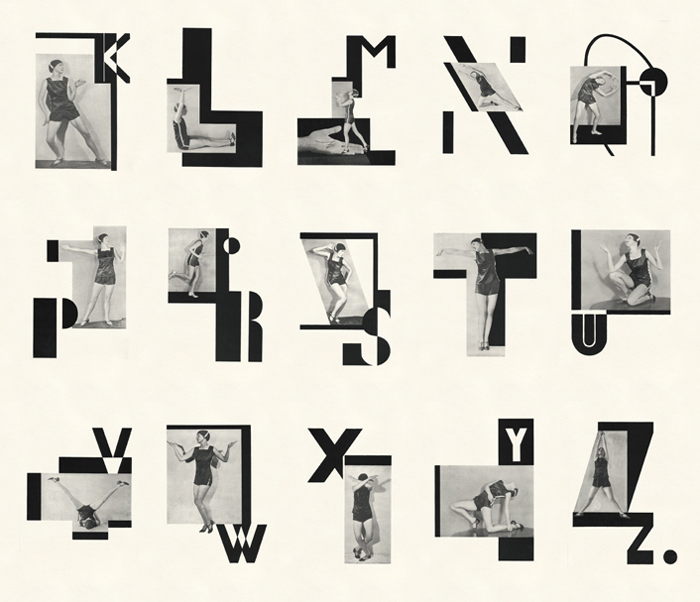
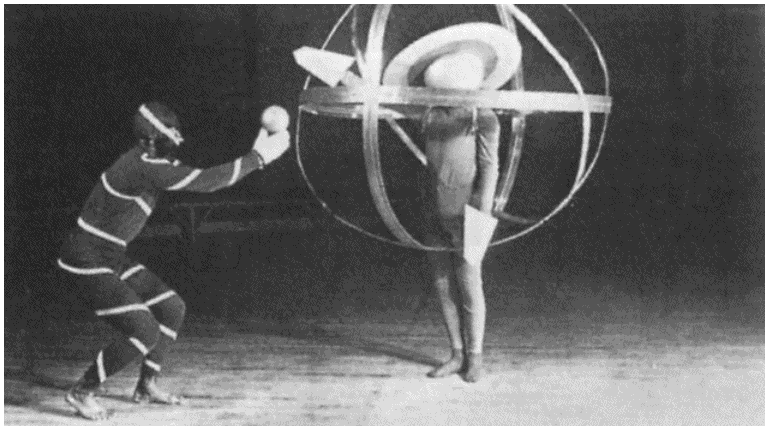
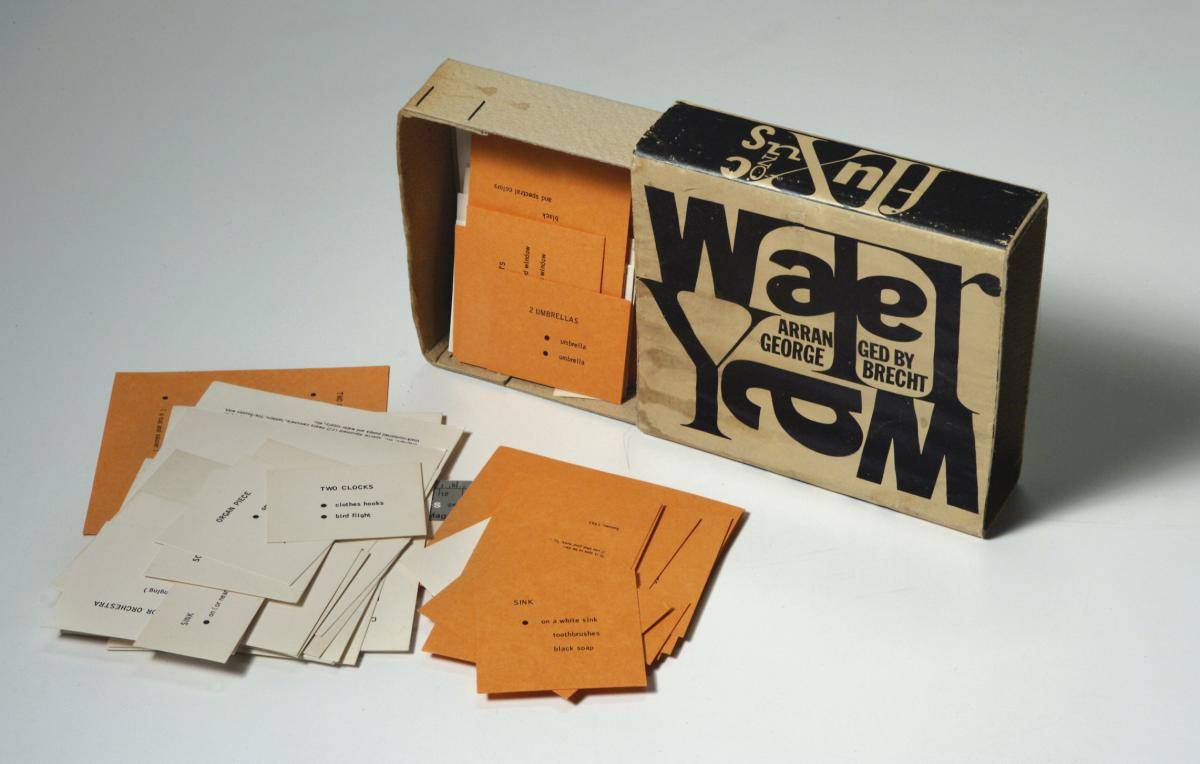
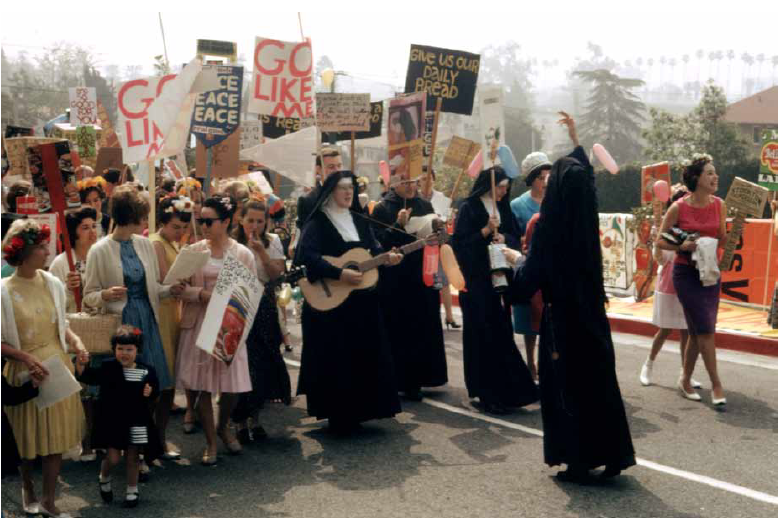
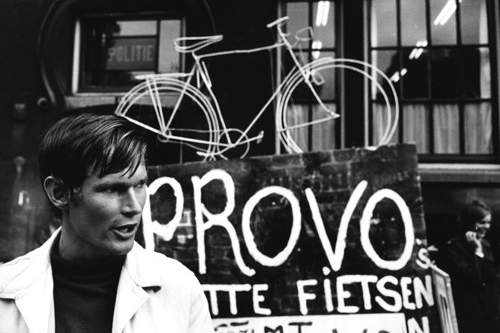
To understand the term Gutenberg Galaxy I have to start in 1962, when media theorist Marshall McLuhan analyzed the effect of mass media and technologies on culture in his book The Gutenberg Galaxy 1. For a duration of 107 chapters readers are invited to an historical ride from pre‑alphabetical tribal humankind to the electronic age. As I understand the message of McLuhan’s book, the invention of typography and print in 1436 gave birth to first mass production. It brought the visual into dominance over the oral - the significance of objects over events. Therefore the Performative turn of the 1960’s was, among other aspects derived from the arising importance of communication independent from printed text, which turned attention back to the ignored verbality of language and the eventness. Jose A. Sanchez describes this as the abandonment of the Gutenberg Galaxy 2.
In what follows, I explore the frames of reality‑ making contexts of performativity within its briefly examined history. I reflect around selected artworks, theatreworks and designworks that span the time of Renaissance to the present day.
The most significant predecessors of performance art can be found in the Italian Renaissance. During 15th century, performance served as a testing ground for new ideas. Architects and scenographers designed triumphal processions and planned elaborate celebrations for the rich elites of that time. According to that fact I assume, that already six hundred years ago, artists and inventors used performance with its transformative potential to create famous artworks capable of moving their audience which are still remarkable today 3.
Leonardo da Vinci had all the hallmarks of the Renaissance man, a polymath, whose expertise spanned a multiplicity of talents, creative force and vision. He became a legend already during his life and perfected various techniques to produce fantastic effects. A stunning example would be how he depicted Pythagorean music of spheres: “The guests now streamed into the Sala del giuoco alla pala, which had been arranged for the representation of the Paradiso, by Leonardo da Vinci, the Court mechanician. Then a train of powder exploded, and crystalline globes, like planets, were seen disposed in a circle, filled with water, and illumined by a myriad of living fires sparkling with rainbow colours.”4
In contrary to Modernists and the 1960’s views of performance as a tendency towards dematerialization, 15th century performativity was highly material. These fashions of object‑driven vs. immaterial‑driven performative production have alternated ever since.
In the first decade of the 20th century the avant‑ garde emerged in fine arts. Modern art was at that time strongly influenced by technological innovation, the horrors of World War I and theories of space and time by Albert Einstein. According to RoseLee Goldberg the history of performance art can be seen as a series of waves, Futurists, Dadaists, Constructivists, Surrealists and Abstract Expressionists who challenged traditional forms of art and experimented towards conceptual ideas. They used performativity as a catalyst for change, an endless mediator and a way of animating formal ideas.5 At that time, artists criticized their own discipline, attempted to resolve problematic issues and break down conventional categories, especially via performance. Due to Modernist’s experiments the graphic design discipline, as we know it, was born.
In the first decade of the 19th century avant‑ garde artists, intellectuals and the first graphic designers met together, read poetry and shared their excitement. Marinetti and the Futurists, obsessed with developments in technology, began with manifestos and performances “against what they branded as the past‑ loving art of the museum”6 before finding their ground in materialized art objects; painting and sculpture. In their designs, especially to visualize poems, Futurists started to play with mixed typefaces in unbridled compositions, whitespace and diagonals. 7
Before Zürich Dadaists created art objects, they were poets and cabaret artists interested in the element of chance. Dadaists experimented with graphic design and typography by using photomontage, accidents and automatic drawings. In 1918 Tristan Tzara wrote instructions on how to make an accidental poem. 8 and Hans Arp with his wife designed many abstract puppets. Toys became performative objects used in a cabaret, but I assume they are also the embodiment of a fascination with the realm of the childlike. On the account of childlike Hugo Ball, cabaret Voltaire performer, wrote that the aim of the Dadaists was to: “surpass oneself in naiveté and childishness.” 9 During his poetry experiments Ball used performance as a magical form of manifestation, to activate relationship between himself and the audience.
Another modernist‑ superhero, Marcel Duchamp, helped to articulate through his ready‑ mades the crisis of the artistic object in the field of visual arts 10. The act of exhibiting and signing an everyday object was clearly a performative act. In Duchamp’s famous Fountain, I observe his interest in displacing the commercial product out of its context through a performative act of giving a special value to it - by the signature. This is an excellent example of the affective power of defamiliarization, as it is described in the second chapter. Moreover Duchamp used action enriched with gimmick to create a poster for the French Chess Championship 11, one of the biggest conceptual and visual riddles ever. In particular, it’s a poster designed by action, spiced up with optical tricks. Duchamp himself was a chess champion.
Meanwhile, the Bauhaus school, under the direction of Walter Gropius, opened its classrooms in Weimar in 1919. Bauhaus as a Cathedral of Socialism strove to re‑ establish “unity between the areas of artistic and technical production, which had been separated by emerging industrial production” 12, which led to the idea of a total artwork, synthesis of the arts and their construction called Gesamtkunstwerk. Richard Wagner, German composer of operas coined the term Gesamtkunstwerk as an ideal of unifying all works of art via the theatre and performance; a collective total artwork of the future.
The first course in performance, ever given in an art school, was opened in 1921 at Bauhaus; headed by expressionist Lothar Schreyer. Students from all departments wearing geometric full‑ body masks participated in this Stage Workshop experiment “to explore issues related to the language of form”13. Later Oskar Schlemmer, painter and choreographer took over its direction and developed his Stage Theory of Body Movements in Space 14 When the school moved to Dessau, Schlemmer organized a huge opening party called Metallic Festival. This event included distinctively designed invitations, performances in silver costumes and decorated rooms in metal. From photographs I guess Bauhaus parties gave a free rein to students to show their creativity and design invention, providing opportunities to produce remarkable invitations, posters, costumes and decorations. Besides that, Bauhaus introduced a new manner of stage and theatre practice, while at the same time graphic design pedagogy began to form and take shape.
Let’s move to Prague, where in 1926 Surrealist Karel Teige, a key figure of the Czech avant‑ garde movement Devětsil (Nine Forces), designed an elegant photomontage alphabet. What I find unique is that the entire alphabet was performed by a ballet dancer. Every letter is expressed; performed. Each movement was choreographed to create a visual counterpoint of typography. Therefore it is performative surface. Teige was not only a great typographer and graphic artist, but also editor, designer and critic. He shared the same belief in power of functionalism as the second Bauhaus director, his friend Hannes Meyer. Unfortunately Teige was silenced and his work banned by the Communists in the late 1940s.
By the end of World War II, television as a mass medium began to play a major role in everyday life and artistic performance had clearly emerged as a medium itself. In terms of looking for post‑war performativity it is necessary to mention the action painter Jackson Pollock, author of abstract drip paintings15 and pioneer of European performance art, Yves Klein with his investigations into colour and immateriality. Yves Klein developed the intense colour IKB – International Klein Blue, similar to contemporary primary digital Blue colour, widely used by internet artists and designers. IKB was demonstrated during numerous salons in which spectators were invited to watch nude women covered by the famous blue, leaving imprints on huge canvases and simultaneously becoming Klein’s living paintbrushes. 16 Pollock and Klein remind me that surface can be an intended result of action and chance.
There is similar redirection towards action and gesture at the progressive American Black Mountain College, an influential avant‑ garde school on the post‑war art scene and pop culture. This is where the Untitled Event, a multi-layered multimedia experiment17 involving poetry, music and dance, inspired by Bauhaus performances was introduced to the artworld in 1952. In particular, its authors John Cage, Robert Rauschenberg and Merce Cunningham proclaimed the first prototypical happening. Happenings were left to chance events with minimal script, abandoning the traditional concept of stage- audience, involving the audience into the co- creating of an event. Cage’s student, Allan Kaprow brought the term happening18 to fame. I understand happenings as unstructured participatory events that just happen without any hierarchy between the artist and viewers. Such viewers aren’t only looking at the piece, but interacting with it, becoming part of it. Kaprow developed his practice called activities by studying ordinary life as a form of artistic adventure, making the boundaries of art and life less distinct.
Recognizing Kaprow’s desire to lose structure, improvisation, and non‑ theater places of happenings, renewed through the usage of other medias such as films and recorded music, the neo‑ dadaist movement well‑ known as Fluxus emerged. During the early 1960’s George Maciunas, its founder, along with Joseph Beuys, Yoko Ono, Nam June Paik, Ay‑ O, George Brecht and other fine artists contributed revolutionarily to performance, installation and video art.19 George Brecht, conceptual artist influenced by Zen and Dadaism explored the element of chance in art through his Water Yams and Word Event 20. Water Yams were boxed collections of cards with minimal textual instructions, after this many members of the Fluxus movement began to assemble works nestled in beautifully designed art boxes using innovative typography.
When discussing Fluxus, I have to mention the legendary and enigmatic teacher, art theorist, conceptualist and performance artist Joseph Beuys, who was passionate about public debate, democracy and social sculptures 21. His democratic approach to art and teaching reminds me of the prophecy of the design medium democratization connected with surface production which is so current nowadays. When teaching he refused to follow university rules of restricted entry, so he welcomed anybody who wished to attend his classes. 22 Beuys supported his students in getting rid of art boundaries. He was fascinated by speech and participation techniques of explaining things together with performative elements and philosophy.
Another influential conceptual artist who connected performativity and semiotics is Joseph Kosuth, author of the famous piece One and Three Chairs23 dealing with various levels of abstraction: reality, representations, signs and definition or language. Through addressing experience including Aristotelian philosophy of spoken words, symbols and actual things Kosuth is closely connected to Derrida. In contradiction Beuys and Aristotle would see three chairs as one chair, but Derrida would probably describe them as three different chairs, or maybe even as three diverse texts.
During a lecture at the design conference Integrated I encountered the amazing and inspiring work of American nun, image‑ maker and activist designer Sister Corita Kent. Over the many years she taught art in LA, she, in cooperation with her students, designed banners, books, costumes and silkscreen posters. She dynamically appropriated advertising techniques and the language of popular culture and emerging consumerism to passionately spread the message of love and peace. 24 On top of that, Sister Corita was friends with many intellectuals of that time, among them John Cage, with whom she wrote and designed the famous Rules for Students and Teachers. 25 These rules were brought to fame via The Whole Earth Catalog, an American alternative Do It Yourself culture magazine in 1968, the year Sister Corita passed away.
Performers, activists and designers worthy of ending the third chapter are Dutch Provo. As described by Experimental Jet Set, The Provo was a playful anarchist movement, a collective of individuals with different ambitions: “subversive agendas, artistic motives, utopian ideas, concrete plans.” 26 Provo, inspired by the anti‑ authoritarian anti‑capitalist Situationists 27 incorporated graphic design, ephemera with happenings and calls for social change during their short two year existence, 1965 - 1967. Part of Provo was also a political wing addressing social problems by proposing White Plans, to make Netherlands a more liveable place. The most famous of Provo's political plans is the White Bicycle Plan, that proposed improving public transport in central Amsterdam and the first public bike sharing system ever.28 So Provo produced surface as an activist tool during their happenings.
1 McLuhan, M. (1962), The Gutenberg Galaxy: The Making of Typographic Man, Canada: University of Toronto Press
2 Sanchez, J. A. (2014), Per/Form: How to do things with/out words, “Act, Realize, Manifest”, Madrid: Sternberg Press, p92
3 di Felice, A. (1984), The Art of Performance: A Critical Anthology, “Renaissance Performance: Notes on Prototypical Artistic Actions in the Age of the Platonic Princes”, Battcock, G. and Nickas, R. (eds.), USA: E.P. Dutton Inc. and Ubu Editions (2010), p14
4 Merezhkovsky, D. S. (2009), The Romance of Leonardo da Vinci, USA: Ishi Press
5 Goldberg, R. L. (1984), The Art of Performance: A Critical Anthology, “Performance: A Hidden History”, editors Battcock, G. and Nickas, R., USA: E.P. Dutton Inc. and Ubu Editions (2010), p23 6 Goldberg, R. L. (1984), The Art of Performance: A Critical Anthology, “Performance: A Hidden History”, Battcock, G. and Nickas, R. (eds.), USA: E.P. Dutton Inc. and Ubu Editions (2010), p24 p237 Zang Tumb Tumb by Marinetti was published as an artist’s book in 1914. It was inspired by the Battle of Adrianople, which Marinetti witnessed as a reporter. “The poem uses words in freedom -creative typography- and other poetic impressions of the events of the battle, including the sounds of gunfire and explosions. The work is now seen as a seminal work of modernist art, and an enormous influence on the emerging culture of European avant‑garde print.” — Open Set (2012), design blog, Dutch Graphic Design Summer School, accessed 5.10. 2014 p23
8 “To make a dadaist poem, Take a newspaper, Take a pair of scissors, Choose an article as long as you are planning, to make your poem, Cut out the article, Then cut out each of the words that make up this article, and put them in a bag., Shake it gently, Then take out the scraps one after the other, in the order, in which they left the bag, Copy consecutively.” — Tristan Tzara. — Melzer, A. H. (1984), The Art of Performance: A Critical Anthology, “The Dada Actor and Performance Theory”, editors Battcock, G. and Nickas, R. USA: E.P. Dutton Inc. and Ubu Editions (2010), p27
9 Hugo Ball described his attraction to “childhood as a new world, and everything childlike and phantastic, everything childlike and direct, everything childlike and symbolical in opposition to the senilities of the world of grown ups.” — Andrews, W. (1990), The Surrealist Parade, USA: New Directions Publishing, p25
10 Sanchez, J. A. (2014), Per/Form: How to do things with/out words, “Act, Realize, Manifest”, Chantal Pontbriand (ed.), Madrid: Sternberg Press, p92
11 Duchamp claimed that he created his poster from a photograph of 20 thrown cubes into the air. In 2004 R. R. Shearer and R. Slawinski tried to generate same photograph according to cube’s positions, surprisingly they made shocking discovery. Physical reality in Duchamp’s poster is a trick, because in order to co‑exist in one space, the cubes would interpenetrate into themselves and some of them would change their shape and became optical illusions. Duchamp developed his “impossible figures” before famous opart emerged in visual arts in 1950s. — Shearer, R. R. and Slawinski, R. (2004), “Examining Evidence” , accessed 7.11. 2014
12 Siebenbrodt, M. and Schöbe, L. (2012), Bauhaus 1919-1933, USA: Parkstone Press International, p8
13 Museum for Design: The Bauhaus Archive, Berlin, Bauhaus Online Magazine, “Stage Workshop” , accessed 7.11. 2014
14 “It is natural that the aims of the Bauhaus — to seek the union of the artistic‑ideal with the craftsmanlike ‑practical by investigating the creative elements, and to understand the essence of der Bau, creative construction. … Let us now observe the appearance of the human figure as an event … each gesture or motion is translated in meaningful terms into a unique sphere of activity. … we are not concerned with imitating nature … Let us rather open our eyes and minds to the pure power of color and light.” — Schlemmer, O. (1927) cited at “Theatre at Bauhaus”, accessed 8.11. 2014
15 “On the floor I am more at ease. I feel nearer, more part of the painting, since this way I can walk around it, work from the four sides and literally be in the painting. … I have no fear of making changes, destroying the image, etc., because the painting has a life of its own.” — Jackson Pollock (1956). In Rose, B. (1980), Pollock: Painting, “My Painting”, USA: Agrinde Publications Ltd, p65
16 Klein also investigated immaterial aspect of performance art, in his Jump Into The Void and Zone of Immateriality, where he throw 20g of gold into the river Seine in Paris in 1951.
17 “Experiment, whether it be in the context of education, community, or art, has on the whole been treated in the Black Mountain literature as a generically positive appellation, lumping diverse practices under a single category that comes unproblematically to signify both artistic avant‑gardism and political progressiveness.” — Cage, J. (1961), Experimental Music: Doctrine in Silence, Hanover: Wesleyan University Press, p13
18 Happening was “a game, an adventure, a number of activities engaged in by participants for the sake of playing.” — Allan Kaprow, In: Rosenthal, S. and Meyer‑Hermann, E. (eds.), The Museum of Contemporary Art, Los Angeles, (2008), “Allan Kaprow: Art as Life” , accessed 12.11. 2014
19 Carlson, M. (2004), Performance: A Critical Introduction, USA: Routledge, p107
20 Word Event was simple event with instructions for the audience: “Exit,” and “The audience is instructed to leave the theater.” — Friedman, K. and Smith, O. (2002), The Fluxus Performance Workbook, Performance Research vol.7, no.3 “On Fluxus”, UK: Routledge, p22-23; Fluxus had understood that concert halls, theaters, and art galleries were "mummifying". Instead, these artists found themselves “preferring streets, homes, and railway stations....” — Brecht, G. (2005), Events - A Heterospective, USA, Michian: Walther Konig, p118
21 Beuys believed that art had a potential to bring cultural and political change: “...art is now the only evolutionary‑revolutionary power.” — Beuys, J. (1974), Art into Society, Society into Art, UK: ICA, p48
22 “Through a pedagogical process, we must always try and this must always be tried, to scan what is occurring in the audience, what they are able to understand, and yes, how I can communicate with them. I must repeat that these actions provoke something: a subject which concerns me and which in my opinion I could objectively represent: in other words, to express something about world towards which we are moving.” — Joseph Beuys in conversation with Filliou, R. (2014), Teaching and Learning as Performing Arts, UK: Occasional Papers, p168
23 One and Three Chairs, exhibited in 1965 is most famous conceptual artwork ever. Kosuth exhibited wooden chair (reality), next to it he hung photograph of a chair (sign) and an enlarged dictionary definition of chair (designation) to create work that questions value of language, representation and object of the same thing. - Crandell, G. (1998), Critical review of landscape art, Space Maker Press, “One and Three Landscapes” , accessed 15.11. 2014
24 Ault, J. and Berrigan, D. (2007), Come Alive!: The Spirited Art of Sister Corita, UK: Four Corners Books
25 “RULE ONE: Find a place you trust, and then try trusting it for a while; RULE TWO: General duties of a student — pull everything out of your teacher; pull everything out of your fellow students; ... RULE FOUR: Consider everything an experiment; RULE FIVE: Be self‑disciplined; RULE SIX: Nothing is a mistake. There’s no win and no fail, there’s only make; RULE SEVEN: The only rule is work. RULE NINE: Be happy whenever you can manage it. Enjoy yourself. RULE TEN: We’re breaking all the rules. Even our own rules."; — Cage, J. and Kent, S. C., Rules for Students and Teachers, In: Brand, S. (1968), Whole Earth Catalog.
26 Van Den Dungen, D., Brinkers, E. and Stolk, M. (2012), Two or Three Things I Know About Provo, CZ: Moravská galerie v Brně
27 Situationist International was an organization of intellectuals, social revolutionaries and political theoreticians formed in 1957 by Asger Jorn and theoretician Guy Debord, author of famous Society of Spectacle. In his essay on General Performance Sven Lütticken explains influence of Situationist's test space called New Babylon upon Provo. — Lütticken, S. (2012), “General Performance”, E‑Flux journal #31, accessed 17.10. 2014
28 “After the plans were rejected by the city authorities, the Provos decided to go ahead anyway. They painted 50 bikes white and left them on streets for public use." — Tusman, L. (2010), Really Free Culture: Anarchist Communities, Radical Movements and Public Practices, USA: Pedia Press, p161
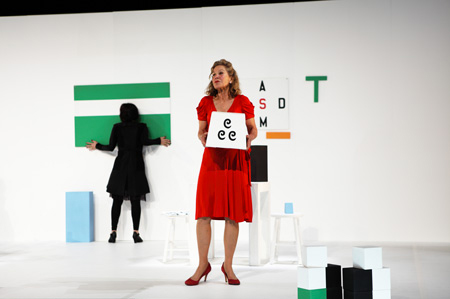

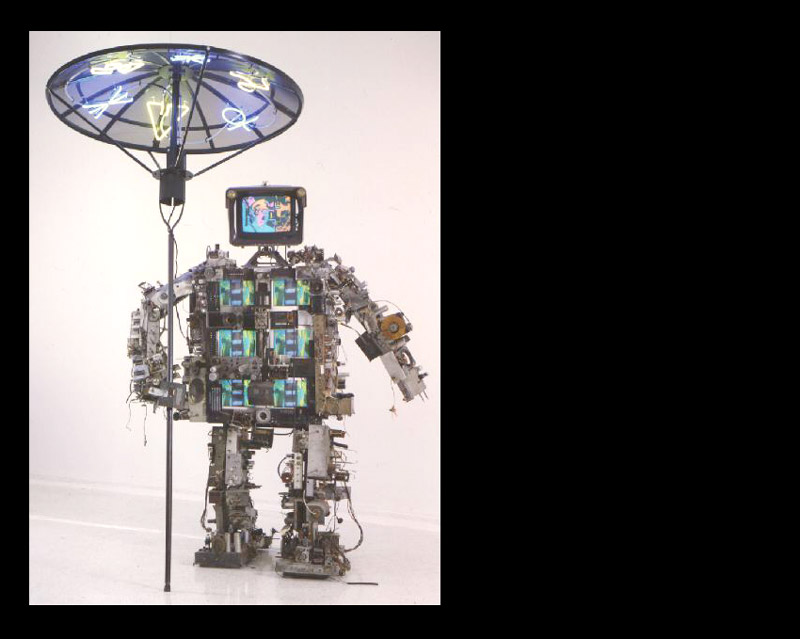

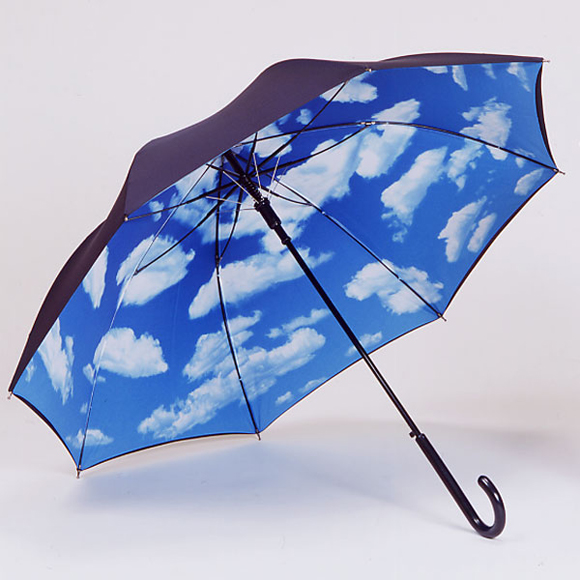
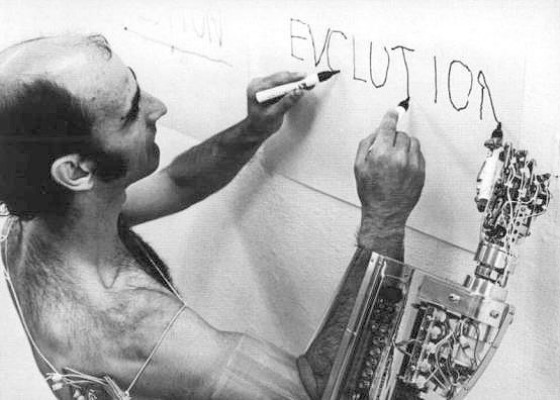
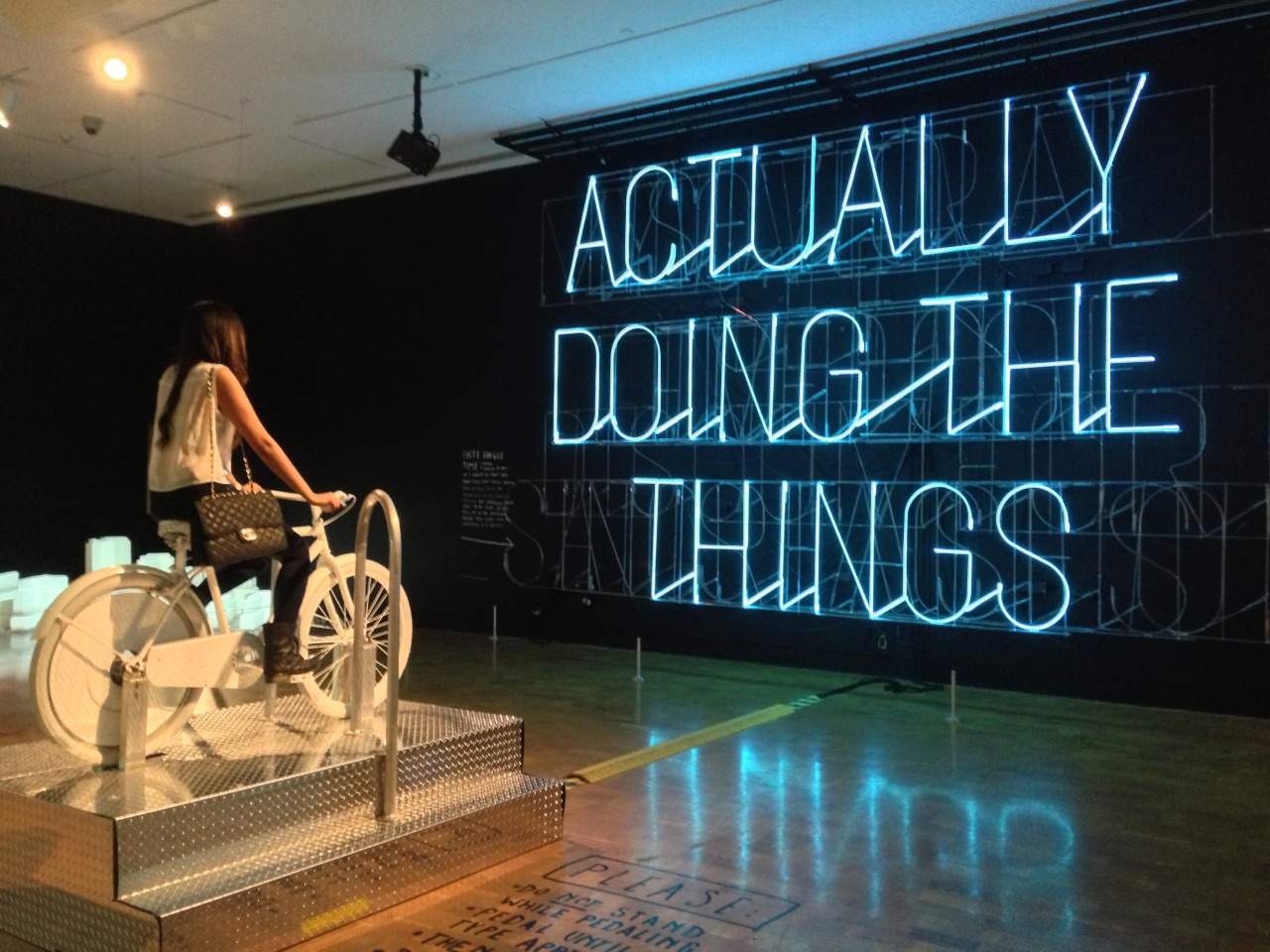
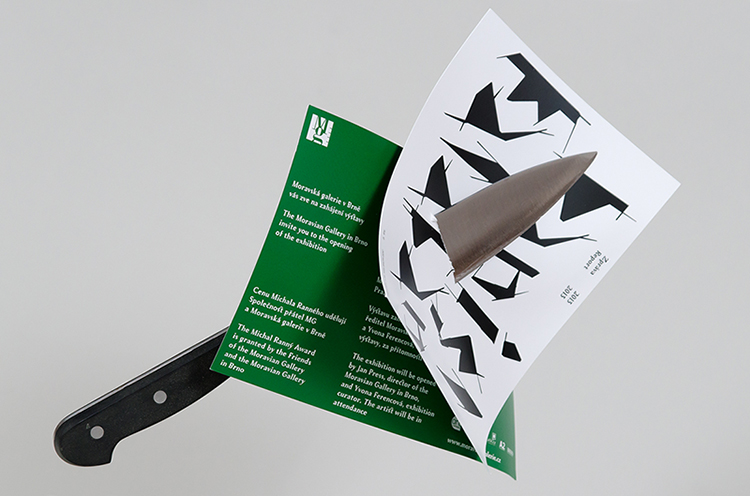
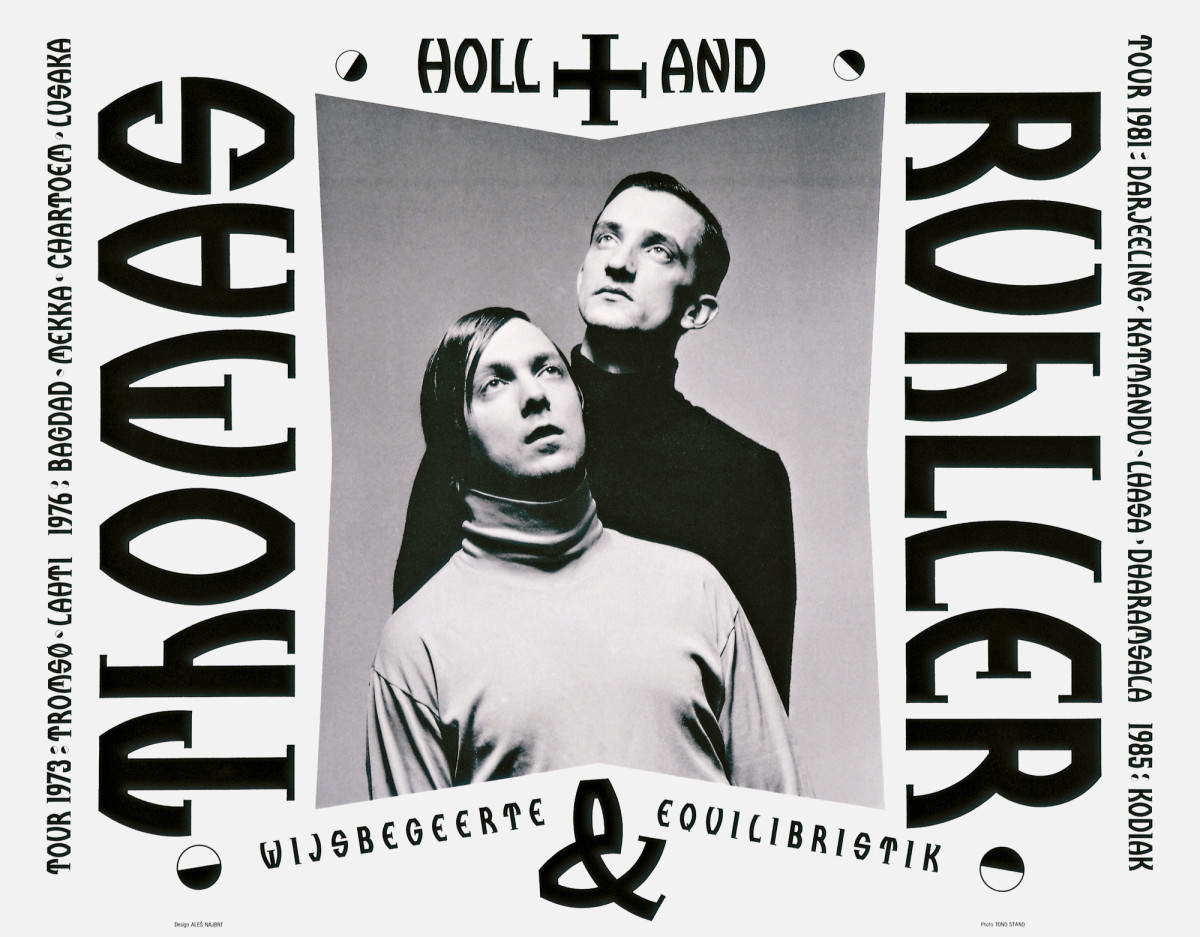
The gear of technological development mounted in the late 20th century as an era of computers, satellites and nuclear power. While Marshall McLuhan was formulating ideas about shift of the media, famous pop artist and bohemian illustrator Andy Warhol emerged coincidently in New York. Warhol was a genius who found a relationship between celebrity life, art, graphics and commerce. He uniquely merged a mode of serial art production, advertising and performative aspects into his work. Compared to Duchamp’s discovery of performativity as a process of producing art, Warhol removed performativity (labour) from art production and commodified that. He added value to mass produced designs by removing valuable production of a surface from its unique relationship to the artist. He created mass produced graphic prints like in an average factory, but he added value through his performance. I would call this the first capitalistic art production 1 .
Warhol positioned himself as a brand and hid real labour behind the surface. Therefore an artist as single unique creator became obsolete. I perceive this as the first historic transfer of performativity from artist to designer. Nonetheless Warhol used several forms of performativity, he became a celebrity by creating a myth about himself, he shocked his audience through hoaxes and held controversial performances and art gatherings2. Among that, Warhol pioneered computer‑ generated graphic design and art on the Amiga a few years Amiga few years before he died.3
In The Visual Event4, a book emphasizing eventness in graphic design, editor Oliver KlimpeI refers to work of the late 70’s artist Guy de Cointet. Cointet was inspired by Duchamp and Warhol, fascinated by riddles, TV soap operas, cryptography, conceptual art, typography and language. He delicately mixed this all into his staged performances, where his actors discussed art surrounded by beautifully designed props, such as books, large single letters, posters and simply coloured strange objects. I understand his work as a very special moment, where graphic design and performance meet and work equally alongside of each other to affect their audience.
Lets move on to the 1980’s to discover the fascinating work of Korean‑ born Fluxus artist, Nam June Paik, who transformed the electronic moving image, video, into an artist’s medium. His experiments seem to me as the ground where new media, performance and graphic signs merge together in incredible intermedial cooperation. I would like to introduce a few of his works, for example the Video Synthesizer able to change colours5, the TV environment called Video Garden or the application of telecommunications in his Electronic Super Highway6. From the graphic design point of view he explored signs and visual codes through his multiple TV screens. Paik’s work could be theorized as an active relation between signifier and signified, which is connected with Derrida’s postmodern crisis in representation.7
Jenny Holzer is a conceptual artist, a digital poet partly following in the steps of Paik. Inspired by linguistic signs, minimal texts and symbols, she uses multimedia but also imitates the commercial language of graphic design to bring art into circulation. For example ironic and bitter statements applied to golf balls, coffee cups and other merchandise products as well as huge LED displays and projections8. Holzer’s work welcomed a sort of a pathos until the 1990’s, when she began to be involved in more risky territory,displaying texts that addressed politics, war, rape and serious illnesses projected in and on public spaces. Holzer pushes viewers to interpret her texts and truisms9, she creates performative space to activate the viewer through technologized typographic artworks.
In the context of evolving technology and performance art there is a special artist to be mentioned, Stelarc, the robotic calligrapher. Revealing himself in the appearance of a cyborg who can write simultaneously with three hands, he shocked his audience, opened new ethic questions and showed that artists have power to push new technologies forward. In order to extend his obsolete body beyond its own limits he attached an extra robotic Third Hand to his body and wrote: “EVOLUTION” with it in 1988. He claims that the body is driven by a desire to transcend its evolutionary limitations10. Stelarc is fascinated by utilizing his body as an object - a surface - inviting technology into coexistence for the very first time. When talking about the body as surface and the field for potential acts, I have to mention another extreme artist, Orlan, who actively redesigns her body following an ancient aesthetic canon. In my eyes her body, surviving many painful surgeries, became a mute surface.
“Performance really is an attempt at synthesizing communication. It’s an attempt at a new communication. But the only people this art exists for are the people who are there. And it’s the only time the art exists.” — Terry Fox11
I understand this as Fox’s belief in performance and it’s power to create a new form of communication. Designers use communication, and manipulate it through their work,12 so it’s natural to see a connection between creation in performance and communication design.
Talking about the body as a surface, a possible area for action, to put a message on, to communicate through, I have to introduce the gutsy New York based designer Stefan Sagmeister. Influenced by working at M&Co for the “bad boy of graphic design” Tilbor Kalman13, a social activist and editor‑ designer of Colors magazine, he started to communicate clients’ wishes with imaginative typography and self‑centric way. The best example uniting design and the body act would be his 1999 poster for an AGIA lecture, where he cut an entire invitation into his skin. Another performative as well as nomadic aspect could be found in his experimental years called Sabbaticals, which he use for relaxing and exploring the world. In 2008 he stacked ten thousand bananas which through their phase of age - while changing colour of their former surface from green to yellow to brown - formed up a sentence: “Self‑confidence produces fine results.”
I met Stefan last year at AGIA London shortly before his talk about his Happiness project14, which aims to positively activate the audience. So I have to admit, implementing performance and play into the design process, makes him an extraordinary designer.
I would like to end this chapter with the surface‑ driven performative practice of two selected Czech graphic designers, Petr Babák and Aleš Najbrt. Babák’s characteristic style is based on experiment and importance of chance during the process of creation and production of surface. As an example from his amazing oeuvre I’ve selected one of his recently digitized hybrid typefaces and its application. Řezan The Cutter typeface was cut out of solid paper using a razor blade what makes it a great demonstration of exaggeration and playfulness. But this unconventional typo‑ game continued, in 2012 Babák designed a catalogue with it and created a special edition glued by asphalt, afterwards cut on a circular saw during its launch15. Mute surface was “baptized by fire” during this performative ceremony. That’s why I consider Babák a master of communication involving viewers by decoded production practices and defamiliarization. His designs are oriented towards concept more than superficial aesthetic forms and styles.
When I interviewed Babák about performance as a potential approach in conceptual graphic design, he admitted he liked to “find another way to get our (his design studio’s) works into viewer’s awareness than just deliver a book to the bookstore shelves and wait ...”
Mr. Najbrt, who despite owning a successful commercial design studio, practices performance inspired by late 1980’s anti‑ communist activism and performance. Under the name of Thomas and Ruhller (as a joke that refers to Tomas Ruller, performer and my father) Najbrt started ironic performances involving art formality and its appropriation as entertainment. He is interested in catching viewers’ attention through provocation. 16 For shows and a hoax world tour, he designed a special typeface and various printed matter. Therefore, following the merging of graphic design into the realm of performance, the case of Najbrt is quite interesting for my thesis.
1 Capitalistic in a manner of creating surplus value above artist’s labour, which is possessed and multiplied by the owner - the capitalist - not by the one who actually worked on it. I think Warhol found relation between performativity in society and object by practicing an opposite way than Duchamp. Duchamp was interested in displacing commercial object out of its context by performative act of singing it, consequently giving a value to it. On contrary Warhol used pop art and performative gestures to employ process of mass production - to create art with it.
2 Warhol organised series of complex events cummulating all what he liked called Exploding Plastic Inevitable in 1966-67. These unique events were taken as an exploration platform for finding the new in art and music, included simultaneous multi‑screenings of his movies, concerts of Velvet Underground, lightworks and debates upon future of humankind. I consider Exploiting Plastic Inevitable events as revolutionary in extending media, social aspects and technological development. I would consider his 1967 Utah lecture as the best hoax and identity performance he ever created. Lecture became a shocking discovery by outraged audience. Because he feigned his own presence by hiring a bad actor to perform him. “Warhol’s gesture serves as a premediated self‑portrait. This event is best described as performance. … Warhol’s self‑portraits construct multiple guises rather than reveal the true self.” — Hill, S. (2011), The Artist is Not Present: Andy Warhol’s 1967 Utah Hoax as Performance and Self‑portraiture, USA: The University of Utah, pg1-5
3 Stinson, L. (2014), “An Amazing Discovery: Andy Warhol’s Groundbreaking Computer Art”, Wired, accessed 20.11. 2014
4 Klimpel, O. (2014), The Visual Event: An Education in Appearances, “Everything Spoke So Vividly”, DE: Spector Books, p116
5 Vasulka, W. and Vasulka, S. (1992), Eigenwelt der Apparate‑Welt: Pioniere der Elektronischen Kunst, “Paik/Abe video Synthesizer”, AT: Ars Electronica, p126-129
6 Kac, E. and Paik, N. J. (1988), Satellite Art: An Interview with Nam June Paik, “A Tribute to Nam June Paik”, DE: Digital & Video Art Fair (republished 2005), p8-9
7 Barnard, M. (2005), Graphic Design as Communication, UK: Routledge, p141
8 Britt Miazgowicz writes how Holzer’s messages designed in simple capitalized fonts “cling to surfaces and then vanish into thin air, fleeting and ephemeral, more wistful and calming aesthetically than the mechanical, frantically‑paced diodes.” — Miazgowicz, B. (2010), You are Responsible for Constituting the Meaning of Things: Examining Jenny Holzer’s Progressively Complex Textual Constructs, USA: University of Miami, Open Access Theses: Paper 33, p12
9 Truisms are obvious claims, that are even not worth mentioning. I would like to select few examples: “THE FUTURE IS STUPID, ENJOY YOURSELF BECAUSE YOU CAN’T CHANGE ANYTHING ANYWAY, IT’S CRUCIAL TO HAVE AN ACTIVE FANTASY LIFE, MONEY CREATES TASTE, MOSTLY YOU SHOULD MIND YOUR OWN BUSINESS, OFTEN YOU SHOULD ACT LIKE YOU ARE SEXLESS and POTENTIAL COUNTS FOR NOTHING UNTIL IT’S REALIZED” — Jenny Holzer; In: Wallis, B. (1989), Blasted Allegories: An Anthology of Writings by Contemporary Artists, USA: The MIT Press, p103-111
10 “Stelarc progressively unfolds the concepts that demonstrate and emphasise the influence of technology on the reality of the body. … illustrates the symbiosis of prosthetics, virtual reality and biotechnology on the body. Stelarc, as body artist, boldly positions his body as an “obsolete” “object” that needs to be altered, extended, and redesigned in order to align itself to the technological environment in which it finds itself.” — van Zyl, S. H. (2008), Crossing the Boundaries: Stelarc’s Artworks and the Reclaiming of the Obsolete Body, ZA: University of the Witwatersrand, p22-25
11 White, R. and Fox, T. (1979), Terry Fox: Interview, USA: Crown Point Press, p9
12 Rock, M. (2011), Graphic Design: Now in Production, “Fuck Content”, USA: Walker Art Centre, p15
13 ”In the mid-1980s two names changed graphic design: Macintosh and Tibor. … For a decade he was the design profession’s moral compass and its most fervent provocateur. … About clients, Tibor said: “We’re not here to give them what’s safe and expedient. We’re not here to help eradicate everything of visual interest from the face of the earth. We’re here to make them think about design that’s dangerous and unpredictable. We’re here to inject art into commerce.” — Heller, S. (1999), “Tibor Kalman”, AGIA , accessed 20.11. 2014
14 For his Exploration of Happiness, traveling exhibitions and movie entitled The Happy Film, Sagmeister used social media crowdsourcing, simple happy data visualisations and little playful tasks to activate his audience. Speaking about activation I should keenly think of the relation to affect. Affecting is influencing and Sagmeister is interested in such things. As a good example could be how he titled his workshops: “How to Touch Someone’s Heart with Design”
15 “Lukáš (design‑colleague) and me considered the event of cutting limited prints (of Balaban’s catalog) as a show during the opening. A special limited edition signed by the author was born on the spot. … Cutter and other typefaces became themselves performances in 1992-94. At that time I left all the traditional tools for creating typefaces and experimented with a razor blade, a vegetable crate, scissors ... Yes, that all was definitely a performance ... In the beginning of a book‑projects I often like to consider how to entertain readers, how to provoke and activate them... “ — Petr Babák (2014), interview
16 Leierová M. and Najbrt, A. (2012), Lidove Noviny, “Aleš Najbrt: O grafice, Varech, divadle i penězích” , accessed 2.12. 2014

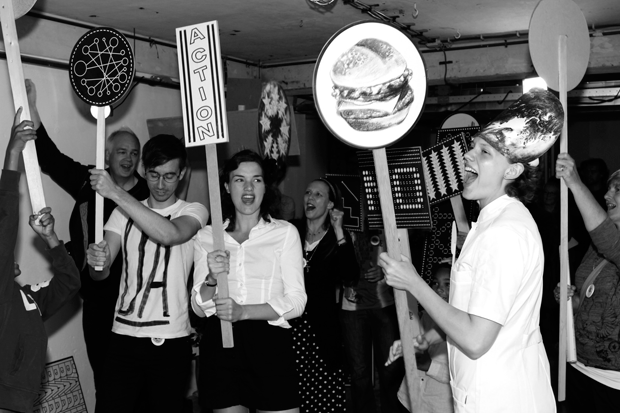


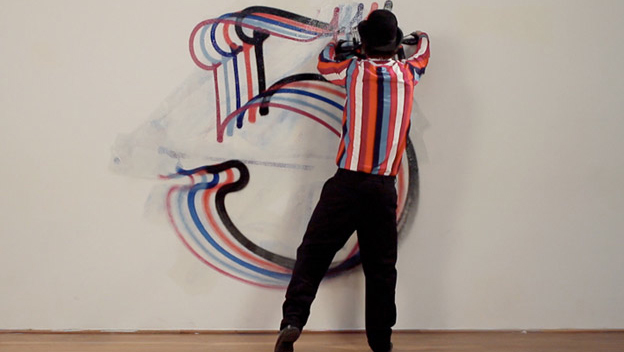
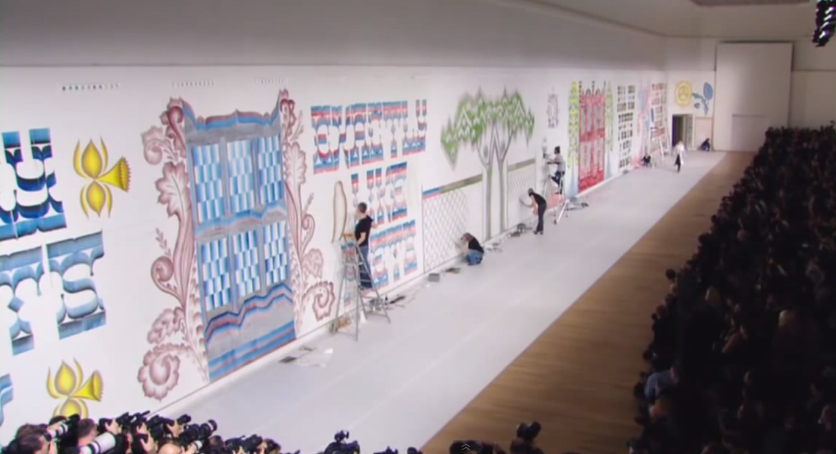
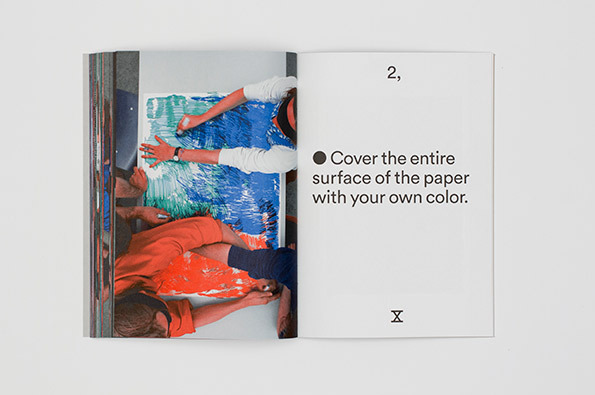
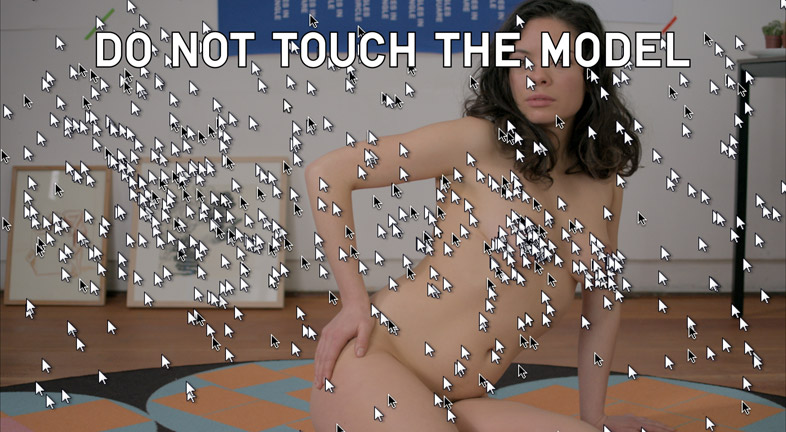
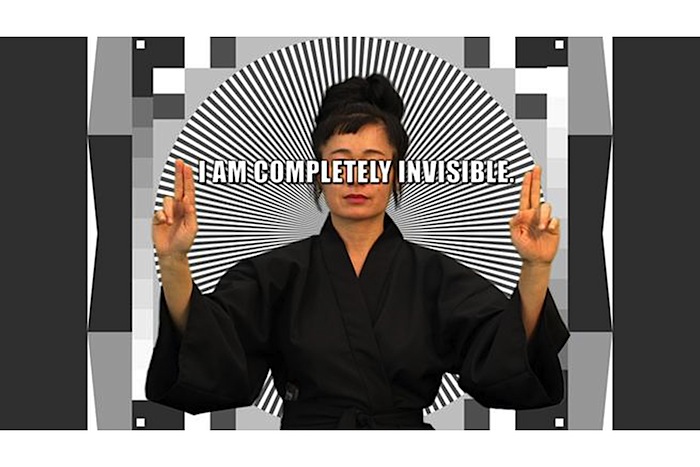
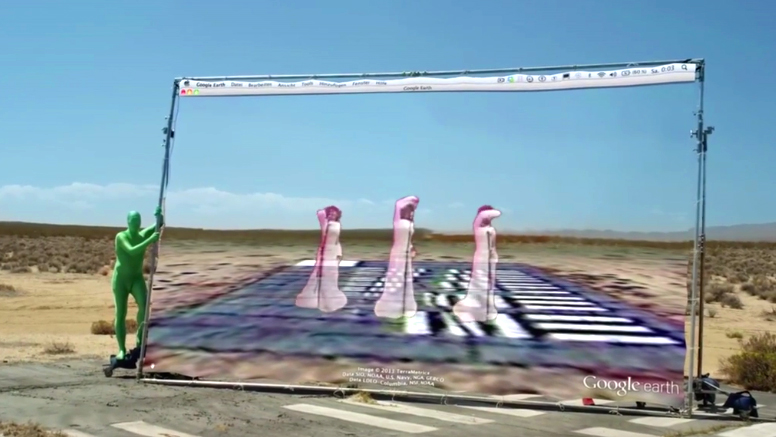
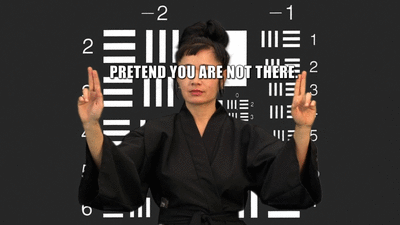


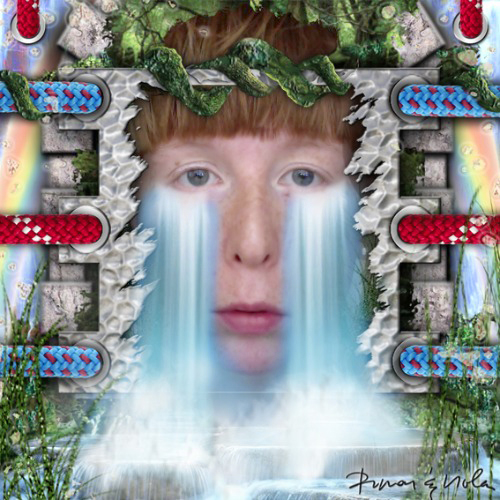

“We live in a dynamic, data‑driven society that is continually sparking new forms of human interaction and social contexts. Instead of romanticizing the past, we want to adapt our way of working to coincide with these developments, and we want our work to reflect the here and now. We want to embrace the complexity of this landscape, deliver insight into it and show both its beauty and its shortcomings. Our work focuses on processes rather than products: things that adapt to their environment, emphasize change and show difference.” — Moniker1
Over 45 years of information technology has transformed performative surface production as well as our working patterns. In the post-1995 climate of extreme expansion of the Internet as well as diversity of softwares and apps caused many new things to become possible. Performance which was as a production strategy discovered by Duchamp for fine arts and extended by Cage, Fluxus and Warhol has now became part of everyday life. People produce thousands of surfaces to capture their actions or experience. Users take selfies and share personal data collected by various small wearable devices such as Google Glasses or Nike+ FuelBand bracelets and many other wearables.
Alongside media evolution came the democratization of design2. I understand it as new technologies enabling a wider unprofessional audience to access the process of creating. This is done through the availability of new tools. Especially through the mass usage of personal computers, home printers, Adobe Photoshop and increasing amounts of intuitive user friendly softwares supported by the tutorial boom.
But when people use tools to transform physical and virtual materials, at the same time tools transform users, as it is nicely described in Andrew Blauvelt’s essay Tool (or Post‑Production for Graphic Designer). This particular transformation of design tools and designer’s milieu, caused a shift of the role; from designer‑ translator, who provides a service by adjusting and interpreting content, to the designer‑ editor, producer, researcher, programmer and hacker3 . However, the same questions remain: How to catch the viewer’s attention? Which instruments should the designer create to build relationships? How to construct a visual strategy that has the power to activate the audience? What kind of effect do I want to address?4
The democratization of design according to Ellen Lupton “offers designers a new crack at materialism, a chance to re‑engage the physical aspects of our work. Whereas the term ‘author,’ like ‘designer,’ suggests the cerebral workings of the mind, production privileges the activity of the body. Production is rooted in the material world. It values things over ideas, making over imagining, practice over theory.”5
I doubt Lupton’s limited solution focused towards the territory of physical object production. I think this new engagement should also be extended towards a more immaterial mastery of informations and lastly to move into the realm of performativity to establish new connections, generate new relationships towards viewers, to involve them and to enrich the field of communication design.6 I assume performance, with its potential to generate new value, to be a possible approach to face the issue of democratization. That proposed extension of Lupton’s theory corresponds more with the aspects of active surfaces, as they are described in the first chapter.
To demonstrate my arguments I’ve selected a few contemporary designers and performers who are active towards employing their skills within performative strategies to shape the user/viewer’s experience.
Engaged in performance, studio Åbäke, is focused on self‑initiated projects deconstructing the conventions and processes of design.7 Their exhibition All The Knives connected performance and graphic design. Visitors were welcomed by hired performers‑ storytellers. Exhibited ephemera and other printed graphic items catalysed personalized narratives. Åbäke curated this for one simple purpose - to make a survey of new forms of graphic medium presentation. Their Talk About Talks intrigued me as well. It was announced as a lecture, but rather it was a happening constructed upon previous talks, involving audience and chance.8 The audience was asked to set up smartphone alarms. It resulted in a few minutes long cacophony of ring tones among the lecture auditorium. I asked Maki Suzuki, member of Åbäke, about using performance in his talks and he explained that he enjoys that, because “it’s more exciting to do rather than represent”.
Other designers incorporating performative acts into their works, talks and lectures are Belgian Ines Cox and Lauren Grusenmeyer. This duo is interested in creating graphic design discourse by involving staging, dialogues, costumes and graphic identities. Cox & Grusenmeyer critically and playfully personalize their acts aiming to activate the audience or open social, educational and political issues.
I’ve seen documentation of their Citizen Speech happening, appropriating the marketing techniques of political gatherings. By fictional scenario of dystopian unified America and China it criticized ideology and investigated “how the political theater is strictly directed with designed gestures, clothing and accessories.”9 The event happened in the form of a presidential speech, accompanied and supported by designed props with empty slogans and encouraging panels. This design experiment reminds me of Austin’s speech acts, described in the first chapter.
There is a list of very special tags on their website, for example “blablabla”, “participation”, “remonstrance”, “action reaction” or “masquerade” which all have a strong relationship to performance and surface production. For example the series The Cox & Grusenmeyer University are events where the “performance is a complete design in which both the inscenation as the character, attributes and gestures are designed in the format of a university.” 10 Designers appear here as professors equipped by markers, badges with C&G University logo and theoretical textbooks. The textbook then remains as a souvenir of the happening. Another example would be their Brush Factory event, a ritual to initiate new art students into their careers. Participants were asked to fill in a form and contract according to which a unique personalized paint brush was created from their own hair. This illustrates how Cox & Grusenmeyer brilliantly unify performative acts with graphic design to create ephemeral surfaces and unforgettable events.
The next example of working with printed matter during and for happening would be the work of art activist duo The Yes Men. Through various acts they wish to achieve public awareness of many economic, political and social issues. One may ask, so how do they do that? Then my answer would be, by exposing the truth about the world through ridiculous caricatures, total fakes and hoaxes. To target a larger audience they use mass media - TV, newspapers, websites. In The New York Times project11 they spread newspaper large‑ scale, containing only positive news under the title “All the News We Hope to Print” altering the real motto of the NYT: “All the News That’s Fit to Print”. They worked on that one particular issue for 9 months. Around 80,000 copies were handed out in American cities proclaiming that the Iraq War Ended, oil corporations started to fund climate change efforts and USA established a new better national health care system12.
The next illustration of questioning contemporary means of production by exposing it to performative circumstances would be what Dutch art platform iii calls Self‑ made media. iii claims that such media becomes autonomous when created through experimentation and combining skills from different fields, including visual art, music and philosophy.13 I have found their interdisciplinary research fascinating. It helps expanding cultural fields through alternative and synthetic methods. I interviewed iii member, Matteo Maragoni about his latest project No Patent Pending: Self made Performative Media.14 Each page of this publication consists of a single card containing a variety of contributions on the topic of contemporary cross‑media performance. However, the cards were randomly shuffled during the collective performance and the reader had to assemble his own book. Matteo emphasized the importance of chance in the performative process. Chance - the potential of everything that can happen, maybe even a mistake, is what makes performance unique besides the relationship between audience and performer. This reminds me of what Bruno Listopad talked about (in the first chapter). Chance and randomness transform the average medium of print into the performative artefact.
While thinking about process it’s the right moment to mention the performative calligraphic practice of Job Wouters - known as Letman. He is inspired by the suggestive power of language, text and typography - especially in a form of amateur street design. Letman’s handwriting practice breaks super‑carefulness of formalist typography while often performed as live shows15. I perceive this particular synthesis of performance as a craftsmanship. Job is a craftsman who adds special unique value to his designs through the performance. In my opinion, craftsmanship without performativity is worthless.
Amsterdam based design studio Moniker uses happening to generate surface. By various performative and interactive projects mainly focused on process Moniker explores “how we use technology and how it influences our daily lives.” 16 Designers Luna Maurer, Roel Wouters and Jonathan Puckey are also founders of playful design methods that harness creative acts with simple tasks called Conditional Design 17 This method is based on experimenting out of the media‑restricted world and on an easily adoptable DIY setup. To manifest their exciting creative system Moniker released the Conditional Design Workbook, designed by Julia Born. The workbook contains several essays, a glossary and 10 complete workshop rules. Moniker explain their activities as a “play with instructions, taking turns, participation and interaction.”18
Alongside this remarkable method there are other key projects linking performance with surface. In The Skeuo Office video Moniker presents offices of the future from a bird’s eye view. What makes it special for my thesis research is, that it shows a new form of generic skeumorph 19 surface, which could be changed by its inhabitants - in this case by office people. But how do they change the office style when the whole room is one big active surface? Instead of swiping, because there is no device to swipe on, employees simply jump to redesign the office. But why does Moniker propose such a system? The answer is that nowadays people are used to everything being open for possibilities and personalization. Social media profiles are the best examples. How Moniker shows the contemporary user’s need of synchronizing surroundings with performed occupation seems like a brilliant idea to me, which is very close to the reality of future surfaces.
In 2013 I became part of a crowd‑ sourced music video Do Not Touch. An extraordinary mix of user experience through storytelling, simplicity and fun. Users aren’t passive anymore like they are described in The Society of the Spectacle by Guy Debord 20, they are stimulated and directly asked for action while watching Moniker’s videoclip.
Viewers are guided through the video by easy tasks, that they may follow with their cursor. Cursor data is recorded and integrated into the video. Especially intriguing is that the viewer isn’t alone during completing these prompts, there are hundreds of other cursors. This is an excellent example of how online happening - a collective performance with non‑ professionals - produces a non-stop active surface, always open to potential.
Berlin based artist and cultural critic Hito Steyerl questions the proliferation of media in capitalism and globalization. She emphasizes a post‑ representational paradigm of contemporary visual art explained through active surfaces: “We might think that the phone sees what we want, but actually we will see what the phone thinks it knows about us.“ 21
I understand the term post‑ representational as how smart software interprets user data. Among other interesting things Hito Steyerl is an author of a cultural theory called Circulationism, which I consider as art of post‑production and acceleration of new, old and appropriated images. Steyerl is captivated by contemporary identity, which she defines as an informational, pictorial and genetic battlefield over owner’s code. This war rages on the surface of physical but also virtual bodies. I think that all users - we - should be aware of this, especially in a time when social media create a zone of voyeurism, mass‑control and profit from data mining.
The artistic video called How Not to be Seen: A Fucking Didactic Educational .MOV File is Steyerl’s masterpiece from 2013 depicting all her post‑ representational identity concerns. In her works she desires to inform viewers how to disappear from social media bots using smart algorithms. Thus she surrounds herself by photo‑ calibrating targets while her companions wear green key suits to became techno‑ ghosts. In her oeuvre she performs, reflects and uses surface as a tool and field of potential.
Thinking about Steyerl’s work, pointing out post‑ representation through accenting an escape from algorithms led me to do a little research on a common popular performative social practice - the selfie. Users are stimulated by this mania to upload many self‑ captured images. The benefit from being social and are showing users from their best angles hides a thread. Their data can be easily abused and monitored. I imagine user profiles as windows to intimate lives, therefore the data they contain might be stored as a source of commercial information of the capitalist market.
All users are, at least for a while, performing their better selves to create a part of the active surface of social networks. The best example of design work focused on this specific topic is Optical Illusion Selfies webcam filters set by Pinar&Viola. Project explores everyday digital gestures and the persona.22 Every user is a performer.
The last example in this thesis is Auto Italia, an artist organisation focused on artificial identity and the relationship of art within mainstream media. In the interactive teaser Meet Z23 the visitor is guided by a virtual girl, an automated online assistant through an active surface full of spam and branding.
The visitor enters a stunning visual space for exploration where she/he is several times challenged to scroll through the narrative exploring future of lifestyle, leisure activities and possible work spaces. The visitor becomes active - a user who controls her/his experience. Auto Italia is my last example of contemporary performative practice working with the relationships between identity, surface production and theorisation.
1 Moniker (Luna Maurer, Jonathan Puckey, Roel Wouters) and Paulus, E. (2011), “Conditional Design: A manifesto for artists and designers”, Conditional Design, http://conditionaldesign. org/manifesto/, accessed 21. 11. 2014
2 “The historical use for designer as image‑generator and print‑production czar seems to be less in‑demand with the democratization of design’s methods and tools while the culture of design has proliferated resulting in over‑saturated supply.”— Harry Gassel; In: Gassel, H. (2012), Non‑Authoritative Information or Network as Author, USA: Yale School of Art, p7
3 inspired by Metahaven’s statement: “Today, if there is something that needs to be designed, it is the designer himself.” - van der Velden, D. (2006), Research & Destroy: Graphic Design as Investigation, Metropolis M, No. 2
4 questions inspired by Els Kuijpers, a co‑curator of Jan van Toorn’s exhibition Staging the Message at Van Abbe Museum. Kuijpers held a lecture on alternative graphic design history at KABK 18.11.2014. She introduced her theory of 5 Design Strategies - Functionalism, Formalism, Informalism, Productivism and Dialogism; 2 Methods of Editing - Descriptive and Editorial; and 3 Conditions of Concept - Semantics, Syntax and Transformation.
5 Lupton, E. (2011), Graphic Design: Now in Production, “The Designer as Producer”, USA: Walker Art Centre, p12
6 By mastery of informations I mean applying developer’s skills such as scripting, coding and programming to get out of restricted palette of software functions and design software driven aesthetics. By viewer’s involvement I intend an online crowd‑ sourcing and interactivity, rather than physical one, as we know it from history of performance - by happenings, or Sagmeister’s playful tasks placed in his exhibitions.
7 Spampinato, F. (2014), Come Together: The Rise of Cooperative Art and Design, Åbäke USA: Princeton Architectural Press, p20
8 Åbäke’s recipe for good talk:“Improvise new things to say, check reactions. Pace yourself.” - Åbäke (2014), 26. Biennial of Graphic Design Brno, “Seriously Forks X, A Talk About Talks”, accessed 21. 11. 2014
9 Cox, I. and Grusenmeyer, L. (2013), Cox, I. and Grusenmeyer, L. (2011), “The Citizen Speech”, accessed 19. 11. 2014
10 Cox, I. and Grusenmeyer, L. (2013), “Cox & Grusenmeyer University #2” , accessed 19. 11. 2014
11 Fillip and Lambert, S. (2009), The Yes Men (2008), “The New York Times: Special Edition” , accessed 19. 11. 2014
12 Fillip Magazine and Lambert, S. (2009), Projectile Publishing Society, interview, “Best Case Scenario” , accessed 19. 11. 2014
13 iii (2012), “Artist Statement: Self‑ made media as models of autonomy” , accessed 19. 11. 2014
14 Marangoni, M. (2014), No Patent Pending: Self made Performative Media, NL: iii editions
15 Wouters, J. (2013), Walker Art Centre, “Job Wouters, Letman, Amsterdam” , accessed 8.12. 2014
16 Studio Moniker, “About Our Studio”, accessed 20.11. 2014
17 Conditional Design manifest: “Process: The process is the product. The most important aspects of a process are time, relationship and change. ... it stems from subjective intentions. Logic: Logic is our tool. Logic is our method for accentuating the ungraspable. ... Constraints sharpen the perspective on the process and stimulate play within the limitations. Input: The input is our material. Input engages logic and activates and influences the process.” — Maurer, L., Wouters, R., Paulus, E. and Puckey, J. (2013), Conditional Design, “A manifesto for artists and designers”, NL: Valiz, page ii
18 Moniker, “Thursday Afternoons”, accessed 20.11. 2014
19 Skeumorph is a design feature, that carries a visual form of its original version to be largely understandable and make users feel comfortable with the new gadget. For example when designing I use brush by clicking on the icon with brush but there is no brush involved in purely digital process of painting. I take notes in my iPhone Notepad, which looks like old yellow paper diary, which of course doesn’t make any sense solely as being familiar. Skeumorph is “derivative object that preserves ornamental design abilities from structures that were in the original.” — Basalla, G. (1988), The Evolution of Technology, UK: Cambridge University Press, p107
20 Debord’s Society of Spectacle is an inside in to the social life of that time (1967) and decline of authenticity transformed into the representation. I understand the spectacle as false passive relation to commercialized and mediated appearings or images. Principle of Spectacle is never enough of consumption in capitalized world. In his 17th thesis Debord described that the effect of “economy’s domination of social life brought about an evident degradation of being into having — human fulfillment was no longer equated with what one was, but with what one possessed. The present stage, in which social life has become completely dominated by the accumulated productions of the economy, is bringing about a general shift from having to.” — Debord, G. (2000), Society of Spectacle, USA: Black & Red, p10-11
21 Example could be photographical sensor capturing data in form of a noise - not recognizable and not detectable mixture of pixels. But nowadays especially when online, uploaded photographies undergo smart processes. Various algorithms go through the visual information - the noise - clean it and find a definition to it. These algorithms are smart, they scan all other photos from users phones via Facebook or Instagram profiles. They look at previously made tagged images, recognize user, his/ her friends and needs. Then it, in my opinion, disrespectfully interprets the data and offers what it thinks the user might like to see or buy. — Marvin, J. and Stereyl, H. (2014), “Politics of Post‑Representation” , accessed 28. 11. 2014
22 Pinar&Viola (2013), “Optical Illusion Selfies” accessed 15. 12. 2014

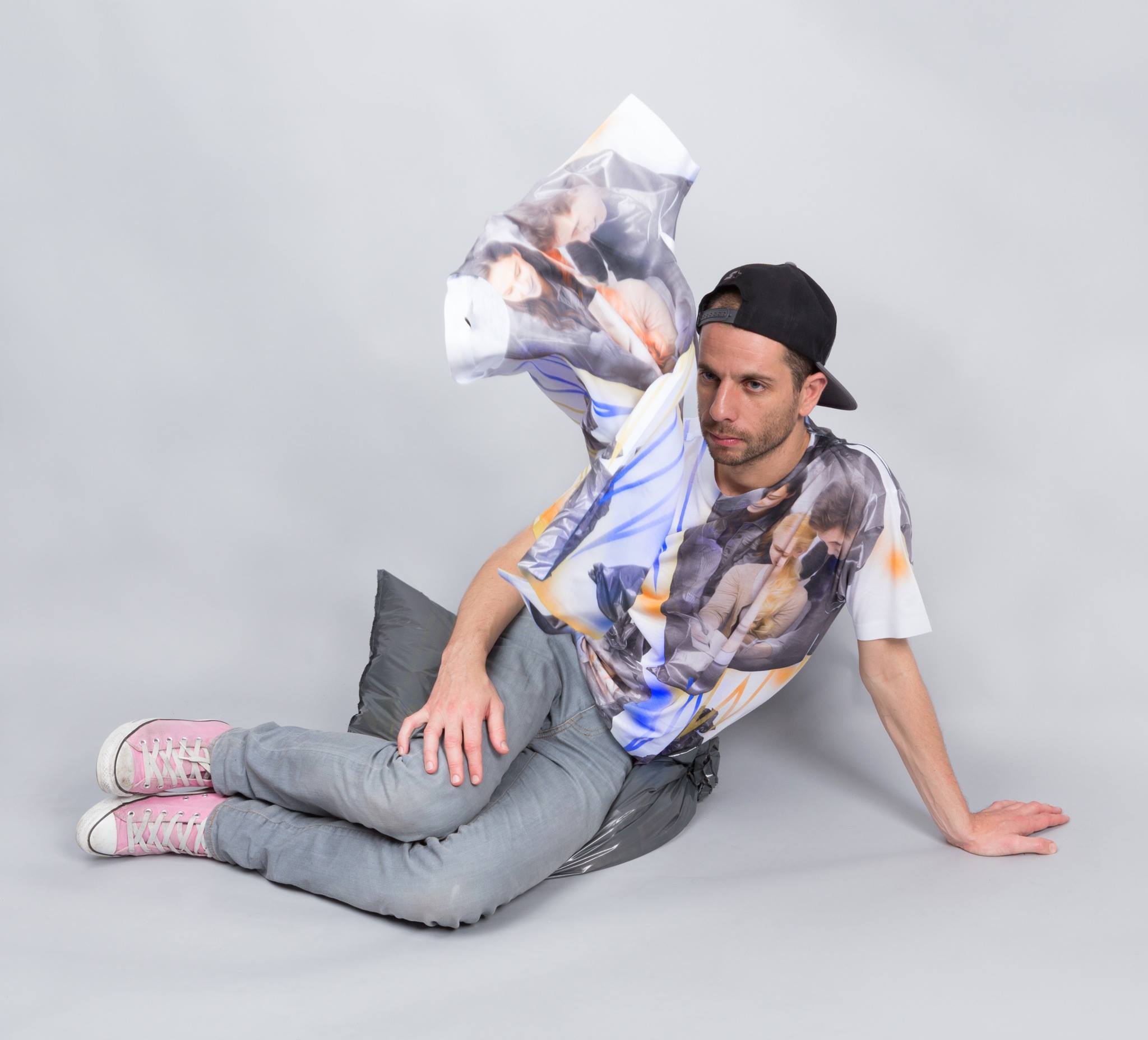
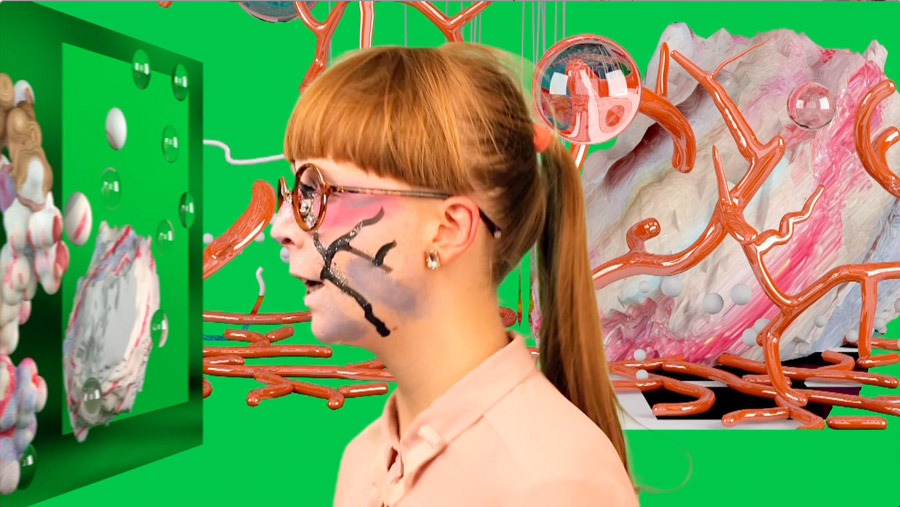

Even though it is not obvious and sometimes not specific, the strategy of becoming a performer isn’t only a fine arts privilege nowadays. The Performative turn of the 1960’s indicated not only an art‑ revolt but also the birth of a new form of labour - general performance. Besides the known roles of graphic designers as service providers, editors, translators, researchers, autonomous creators and system engineers – graphic designers have adopted the role of performers. Although the typical result of a graphic designer’s labour is surface, designers are more and more involved in actions, happenings and events. They use their virtual/bodily presence and actions to give value to their labour.
Another way performance is presented in graphic design is craftsmanship. The value of contemporary craft labour is produced by the presence or the notion of craftsmen’s body. Surface production is more and more oriented towards actions, happenings and events to catch the viewers attention and generate value. Crafted surface without the action of designer‑ performer would have merely the value of print.
From another point of view, the viewer’s action is a key element in the re‑ production of active surface. Information is no longer trapped in books, narratives and images, rather they circulate independently in networks. Therefore information no longer exists as a static media, they are processes, connections, interactions, impulses or options.
Representing reality isn’t important for us, we rather post‑produce and in Deleuzian terms re‑ territorialize it through millions of tiny interactions. As a result we, designers, talk more frequently about performativity, experience and event than about the image or text.
If graphic design competes for the viewer’s attention and performance with its power to affect increases attractiveness, than involvement of an action and the body into design makes sense. Graphic design is no longer limited by being only an object‑ driven practice, the new value could be found in its eventness.
LITERATURE
Andrews, W. (1990), The Surrealist Parade, USA: New Directions Publishing
Ault, J. and Berrigan, D. (2007), Come Alive!: The Spirited Art of Sister Corita, UK: Four Corners Books
Austin, J. L. (1975), How to do things with Words, UK: Harvard University press, 2nd edition Barnard, M. (2005), Graphic Design as Communication, UK: Routledge
Basalla, G. (1988), The Evolution of Technology, UK: Cambridge University Press
Bateson, G. (1972) Steps to an Ecology of Mind: Collected Essays in Anthropology, Psychiatry, Evolution, and Epistemology, USA: University of Chicago Press
Battcock, G. and Nickas, R. (eds.) (1984), The Art of Performance: A Critical Anthology. USA: E.P. Dutton Inc. and Ubu Editions (2010)
Beuys, J. (1974), Art into Society, Society into Art, UK: ICA
Blaeuer, D. M. (2010), An Ecology of Performance: Gregory Bateson’s Cybernetic Performance, USA: University of South Florida
Blauvelt, A. (2011), Graphic Design: Now in Production, “Tool (or, Postproduction for the Graphic Designer)”, USA: Walker Art Center
Brecht, G. (2005), Events - A Heterospective, USA, Michian: Walther Konig
Butler, J. (1990), Gender Trouble, UK: Routledge
Cage, J. (1961), Experimental Music: Doctrine in Silence, Hanover: Wesleyan University Press
Cage, J. and Kent, S. C., Rules for Students and Teachers, In: Brand, S. (1968), Whole Earth Catalog
Carlson, M. (2004), Performance: A Critical Introduction, USA: Routledge
Carlson, M. (2008), The Transformative Power of Performance: A New Aesthetics, “Perspectives on performance”, UK: Routledge
Cometti, J. P. (2014), Per/ Form: How to do things with/ out words, “Performance as Experience”, Chantal Pontbriand (ed.), Madrid: Sternberg Press
Debord, G. (2000), Society of Spectacle, USA: Black & Red Deleuze, G., (1990), The Logic of Sense, UK: Athlone Press
Deleuze, G. (1989), Cinema 2: The Time‑ Image, USA: University of Minnesota Press
Deleuze, G. and Guattari, F. (1987), A Thousand Plateaus: Capitalism and Schizophrenia, “Postulates of Linguistics”, translated by Massumi, B., USA: University of Minnesota Press
del Rio, E. (2008), Deleuze and the cinemas of performance: Powers of Affection, “From representation to performance”, UK: Edinburgh University Press Ltd
Derrida, J. (1977), Signature Event Context, Evanston: Northwestern University Press
Filliou, R. (2014), Teaching and Learning as Performing Arts, UK: Occasional Papers
Fisher‑ Lichte, E. (2008), The Transformative Power of Performance: A New Aesthetics, UK: Routledge
Friedman, K. and Smith, O. (2002), The Fluxus Performance Workbook, Performance Research vol.7, no.3 “On Fluxus”, UK: Routledge
Goffman, E. (1990), Presentation of Self in Everyday Life, UK: Penguin Books Ltd
Goldberg, R. L. (1984), The Art of Performance: A Critical Anthology, “Performance: A Hidden History”, editors
Battcock, G. and Nickas, R., USA: E.P. Dutton Inc. and Ubu Editions (2010)
Hill, S. (2011), The Artist is Not Present: Andy Warhol’s 1967 Utah Hoax, USA: The University of Utah
Kac, E. and Paik, N. J. (1988), Satellite Art: An Interview with Nam June Paik, “A Tribute to Nam June Paik”, DE: Digital & Video Art Fair (republished 2005)
Klimpel, O. (2014), The Visual Event: An Education in Appearances, “Everything Spoke So Vividly”, DE: Spector Books
Lawlor, L. and Toadvine, T. (eds.) (2007), Studies in Phenomenology and Existential Philosophy: The Merleau‑Ponty Reader. USA, Illinois: Northwestern University Press
Lyotard, J. F., (1984), The Post‑Modern Condition: A Report on Knowledge, UK: Manchester University Press
Marangoni, M. (ed.) (2014), No Patent Pending: Self made Performative Media, NL: iii editions
Maurer, L., Wouters, R., Paulus, E. and Puckey, J. (2013), Conditional Design, “A manifesto for artists and designers”, NL: Valiz
Metahaven (2010), White Night Before A Manifesto, “Surface: 0:00 AM”, The Netherlands: Onomatopee
Miazgowicz, B. (2010), You are Responsible for Constituting the Meaning of Things: Examining Jenny Holzer’s Progressively Complex Textual Constructs, USA: University of Miami, Open Access Theses: Paper 33
McLuhan, M. (1962), The Gutenberg Galaxy: The Making of Typographic Man, Canada: University of Toronto Press
Merezhkovsky, D. S. (2009), The Romance of Leonardo da Vinci, USA: Ishi Press
Melzer, A. H. (1984), The Art of Performance: A Critical Anthology, “The Dada Actor and Performance Theory”, editors Battcock, G. and Nickas, R. USA: E.P. Dutton Inc. and Ubu Editions (2010)
Rock, M. (2011), Graphic Design: Now in Production, “Fuck Content”, USA: Walker Art Centre
Rose, B. (1980), Pollock: Painting, “My Painting”, USA: Agrinde Publications Ltd
Salih, S. (2006), Sexualities and Communication in Everyday Life: A Reader, “On Judith Butler and Performativity”, Sage Publications Inc
Sanchez, J. A. (2014), Per/ Form: How to do things with/out words, “Act, Realize, Manifest”, Chantal Pontbriand (ed.), Madrid: Sternberg Press
Schechner, R. (2003), Performance Studies: An Introduction, “What is Performance?”, London: Routledge
Shklovsky, V. (1965), Russian Formalist Criticism: Four Essays, “Art as Technique”, originaly published in 1917, USA: University of Nebraska Press
Siebenbrodt, M. and Schöbe, L. (2012), Bauhaus 1919- 1933, USA: Parkstone Press International
Smith, G. (2006), Series: Key Sociologists, Erving Goffman, UK: Routledge
Tusman, L. (2010), Really Free Culture: Anarchist Communities, Radical Movements and Public Practices, USA: Pedia Press
Van Den Dungen, D., Brinkers, E. and Stolk, M. (2012), Two or Three Things I Know About Provo, CZ: Moravská galerie v Brně
van der Velden, D. (2006), Research & Destroy: Graphic Design as Investigation, Metropolis M, No. 2
van Zyl, S. H. (2008), Crossing the Boundaries: Stelarc’s Artworks and the Reclaiming of the Obsolete Body, ZA: University of the Witwatersrand
Vasulka, W. and Vasulka, S. (1992), Eigenwelt der Apparate‑Welt: Pioniere der Elektronischen Kunst, “Paik/ Abe video Synthesizer”, AT: Ars Electronica
Wallis, B. (1989), Blasted Allegories: An Anthology of Writings by Contemporary Artists, USA: The MIT Press
White, R. and Fox, T. (1979), Terry Fox: Interview, USA: Crown Point Press
Wittgenstein, W., (1986), Philosophical Investigations, UK: Basil Blackwell Ltd
WEBSITES
Auto Italia (2014), “Meet Z”, http://autoitaliasoutheast.org/ meetz/
Cox, I. and Grusenmeyer, L. (2013), “Cox & Grusenmeyer University #2”, Cox‑Grusenmeyer. com, http:// www.cox‑grusenmeyer. com/?p=3121&cat=3>
Crandell, G. (1998), Critical review of lanscape art, “One and Three Landscapes”, at Space Maker Press website, http://www.spacemakerpress. com/lffall98/lfpage04.html
Gassel, H. (2012), Non‑Authoritative Information or Network as Author, USA: Yale School of Art
Heller, S. (1999), “Tibor Kalman”, AGIA, http://www.aiga. org/medalist‑tiborkalman/
Jackson, S. (2014), “Performativity and its Addressee”, Living Collections Catalogue: On Performativity, # 1, http://www.walkerart.org/ collections/publications/
Lupton, E. (2011), Graphic Design: Now in Production, “The Designer as Producer”, USA: Walker Art Centre
Lütticken, S. (2012), “General Performance”, E‑ Flux journal #31, http://www.e‑flux. com/ journal/general‑performance/
Marvin, J. and Stereyl, H. (2014), “Politics of Post‑Representation”, http:// dismagazine.com/ disillusioned-2/62143/hito‑steyerl‑politics‑of‑post‑representation/
Moniker and Paulus, E. (2011), “Conditional Design: A manifesto for artists and designers”, Conditional Design, http://conditionaldesign.org/ manifesto/
Moniker, “About Our Studio”, http://studiomoniker.com/ Museum for Design: The Bauhaus Archive, Berlin, “Stage Workshop”, Bauhaus Online Magazine, http:// bauhaus‑online. de/en/atlas/ das‑bauhaus/ werkstaetten/ buehne
Parson, A. (2009), “Performance and Perfromativity”, https:// sites.google.com/site/ praxisandtechne/Home/ architecture/performativity/ performance‑and‑performativity Pinar&Viola (2013), “Optical Illusion Selfies”, http://www. pinar-viola.com/#/home/ overlayer
Rosenthal, S. and Meyer‑Hermann, E. (eds.), The Museum of Contemporary Art, Los Angeles, (2008), “Allan Kaprow: Art as Life”, http://www.moca.org/kaprow/ GalleryGuide_Kaprow.pdf
Schlemmer, O. (1927) cited at “Theatre at Bauhaus”, http://thecharnelhouse. org/2013/07/20/theater‑buhne/ Shearer, R. R. and Slawinski, R. (2004), “Examining Evidence” updated 2012 http://www. toutfait.com/online_journal_ details.php?postid=1375
Spampinato, F. (2014), Come Together: The Rise of Cooperative Art and Design, Åbäke USA: Princeton Architectural Press Stinson, L. (2014), “An Amazing Discovery: Andy Warhol’s Groundbreaking Computer Art”, Wired, http:// www.wired.com/2014/04/ an‑amazing‑discovery‑andy‑warhols‑seminal‑computer‑art/# slide‑id- 794551
The Yes Men (2008), “The New York Times: Special Edition”, http://nytimes‑se. com/todays‑paper/ NYTimes‑SE. pdf
Wouters, J. (2013), “Job Wouters, Letman, Amsterdam”, Walker Art Centre, http://www. walkerart.org/channel/2013/ job‑wouters‑letman‑amsterdam
LECTURES & TALKS
Åbäke (2014), A Talk About Talks, 26. Biennial of Graphic Design Brno
Els Kuijpers, a co‑ curator of Jan van Toorn’s exhibition Staging the Message at Van Abbe Museum
CONSULTATIONS & INTERVIEWS
Åbäke, interview via e-mail, 25. 11. 2014
Bruno Listopad, consulatition, 20. 11. 2014, Rotterdam, NL
Tomas Ruller, consultation, 4. 10. 2014, České Křižánky, CZ
Matteo Maragoni, interview, 3.11.2014, The Hague, NL
I would like to take this opportunity to thank the following people who have supported the process of generating this thesis - Maki Suzuki from Åbäke, Petr Babák from Laboratoř, post‑choreographer Bruno Listopad, Arnold Mosselman, Matteo Maragoni and Jennifer Helia DeFelice.
Let me thank my teachers; Niels Schrader a founder of Mind Design, Lauren Alexander from Found Land, Roosje Klap an initiator of Design Displacement Group, Dirk Vis an editor of De Gids magazine, Esther de Vries, Thomas Buxó, Bart de Baets, Marc Boumeester, the head of Autonomous Laboratory for the Exploration of Progressive Heuristics and Renske van Dam.
I would also like to thank my parents, especially my father, Tomas Ruller, professor of Atelier Performance at the Faculty of Fine Arts at the University of Technology in Brno, who helped me theorize performance and performativity.
And above all, I thank my husband, Vit Ruller who was always ready to discuss particular ideas and issues and has encouraged me in my work on this thesis from beginning to the end.